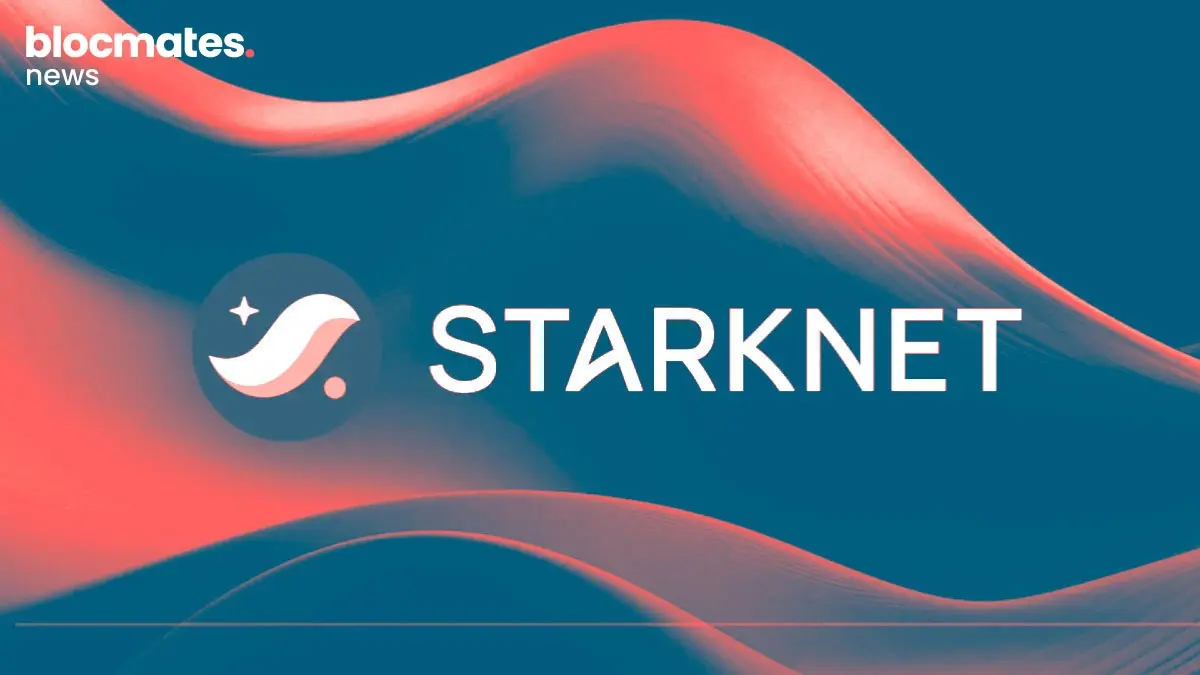Ape-tizers:
- Unit is the tokenization layer on Hyperliquid, making BTC, ETH, and SOL feel native instead of wrapped or bridged.
- Guardians, i.e. independent operators running the Unit protocol, collectively verify deposits/withdrawals with no single point of failure.
- Day-one spot markets on Hyperliquid often launch deeper than many CEXes, with volumes in BTC and ETH already flipping HYPE.
Ask your average crypto chad what matters most, and they’ll give you a one-word answer: fills. Doesn’t matter how pretty the UI is if you can’t get size through without slippage. Traders don’t care if it looks like Bloomberg Terminal or Candy Crush, they care if the execution is there when it counts.

This is why CEXes have dominated for so long. Say what you will about Binance, but you could throw millions at their books and still come out on the other side without getting scalped by slippage. That kind of depth built trust, and trust pulled in volume, which built even more depth. It’s a loop that’s almost impossible for new venues to break.
DEXes, for the most part, never even got close. AMMs gave us decentralization, but at the cost of efficiency. Bridges promised easy access, but mostly turned out to be honeypots with a PR team. Order books in DeFi have been usually thin, clunky, and a reminder of why everyone defaulted back to CEXes.
But something started shifting this year on Hyperliquid. First, it was the perps, finally, an onchain exchange where the fills felt CEX-grade. Then it was the sheer speed: markets that didn’t choke during volatility, order books that actually held depth. Traders noticed, and volume followed.
That was the first crack in the old loop.
And the second one is here now. Because Hyperliquid isn’t stopping at perps. With Unit, it’s extending that same depth to spot.
What is Unit?
Unit is the tokenization layer built into Hyperliquid. It’s what makes assets like BTC, ETH, and SOL feel native on the exchange instead of being routed through a third-party bridge or some wrapped version.
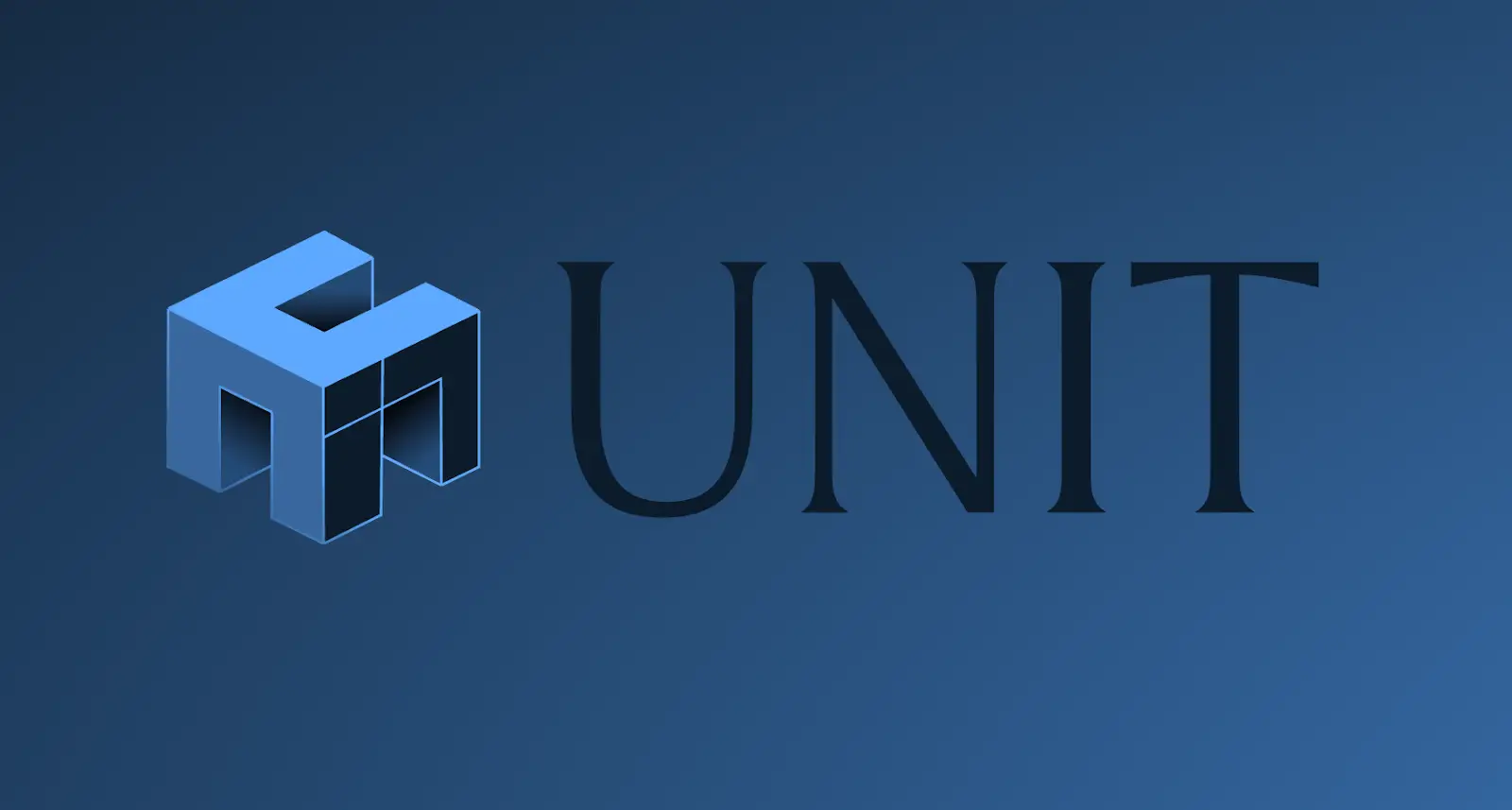
The team behind it isn’t your standard protocol setup. It’s more of a research and development group with a single focus: building out the foundations Hyperliquid needs to keep growing. The people working on it come from places like HRT, Jump, and Fortress, so the technical chops are there.
Their goal is to simply put the base infrastructure in place so Hyperliquid can scale, the kind of stuff you don’t see on the surface, but know that everything else relies on it.
The architecture: Guardians at work
On the surface, Unit is just deposits and withdrawals. You send in BTC, it shows up, you trade, you pull it back out. Nothing to think about. Underneath that simplicity is pretty serious work that makes sure those flows are fast, verifiable, and resilient.
At the center is the Guardian network. Now hang on with me, this is the interesting part.
Guardians are independent operators running the Unit protocol’s software that collectively verify deposits and withdrawals and keep the system secure.
Each Guardian maintains its own indexers for the supported chains, independently tracks deposits, and participates in a threshold signature scheme (TSS). No single Guardian can push a transaction through. It takes a quorum, and all the critical key material stays split between enclaves.
On paper, that sounds like standard MPC boilerplate, but in practice, it solves a very real problem, making major assets tradeable on HL without compromising on speed or custody.
Right now, there are three operators, but each one is running the same software stack, called the Agent. The Agent is basically the rule enforcer. It watches the chains, checks that deposits are final, and makes sure no transaction moves forward unless the other Guardians agree.
That agent handles four main responsibilities:
- Indexing chains. Guardians run their own nodes and indexers for Bitcoin, Ethereum, Solana, and any other supported chain. They independently verify deposits and confirm transaction finality.
- State machine enforcement. Every deposit or withdrawal goes through a deterministic process. Each step has to be verified in order, and if one Guardian tries to skip ahead, the others will not sign.
- Consensus. Operations require agreement between multiple Guardians. With a 2-of-3 setup, one can go offline or even act maliciously without putting the system at risk.
- Wallet management. The actual signatures are produced through multi-party computation inside secure enclaves. The private key never exists in full anywhere. Each Guardian holds an encrypted share, and the signature is generated collectively without ever reconstructing the full key.
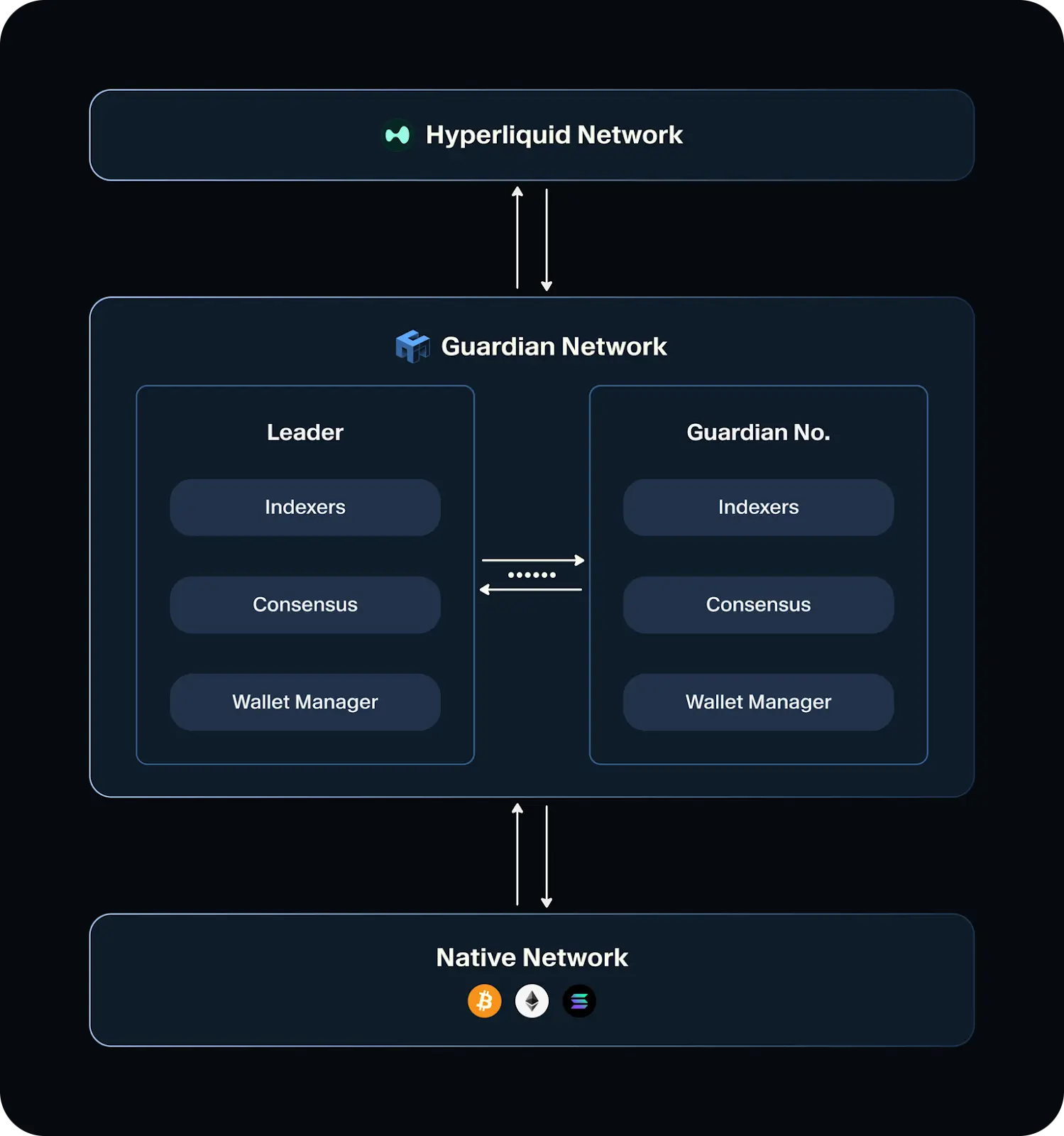
This structure removes the usual single point of failure. There is no custodian who can rug the system and no three-out-of-five multisig that insiders can collude on.
Even if one Guardian were compromised entirely, they would not be able to drain funds or fake deposits.
On top of that, you have circuit breakers. If any Guardian detects abnormal activity or conflicting data, operations can be paused until the issue is resolved. Relay servers are only responsible for message passing, which means even if one were hacked, the attacker would only see encrypted traffic and gain no access to keys.
The protocol also has a compliance layer. Transactions are screened against OFAC lists, IPs from restricted regions are blocked, and VPN detection is in place. It is not fully permissionless, but it is set up with the assumption that institutions will eventually want to move serious size through this system.
It is a lot of machinery for something that presents itself as just deposits and withdrawals. That is the point. When Unit works correctly, you should not notice it at all.
Why it matters
Unit has gone from being “that new deposit system on Hyperliquid” to the backbone of how spot actually trades onchain. What started with BTC earlier this year has quickly expanded into ETH, SOL, and more, and each launch hasn’t just worked, it’s outperformed.
Day-one markets now open with more depth than you’ll find on many CEXes, and in some cases, Hyperliquid has been the single deepest venue anywhere. That’s a first for DeFi.
The bigger takeaway isn’t the raw growth charts (though they look good). It’s that traders are actually using this thing in size, week after week, and the infrastructure is holding up. Spot flows are scaling at a pace most protocols would kill for, and the kicker is that nearly all of that revenue is being cycled back into HYPE.
Getting Started with Unit
The nice part about Unit is that you don’t need to learn anything new to use it. If you’ve ever sent BTC or ETH before, you already know 95% of the flow. The other 5% is just the Guardian network doing its thing in the background, so you don’t have to think about it.
Deposits
Say you want to get some BTC onto Hyperliquid.
- Head to the Hyperliquid or Unit app and connect your wallet.
- Pick Bitcoin from the deposit tab.
- You’ll see a deposit address that is generated by the Guardian network. That address is tied to your Hyperliquid account and doesn’t change.
- Send BTC to that address from wherever you hold it.
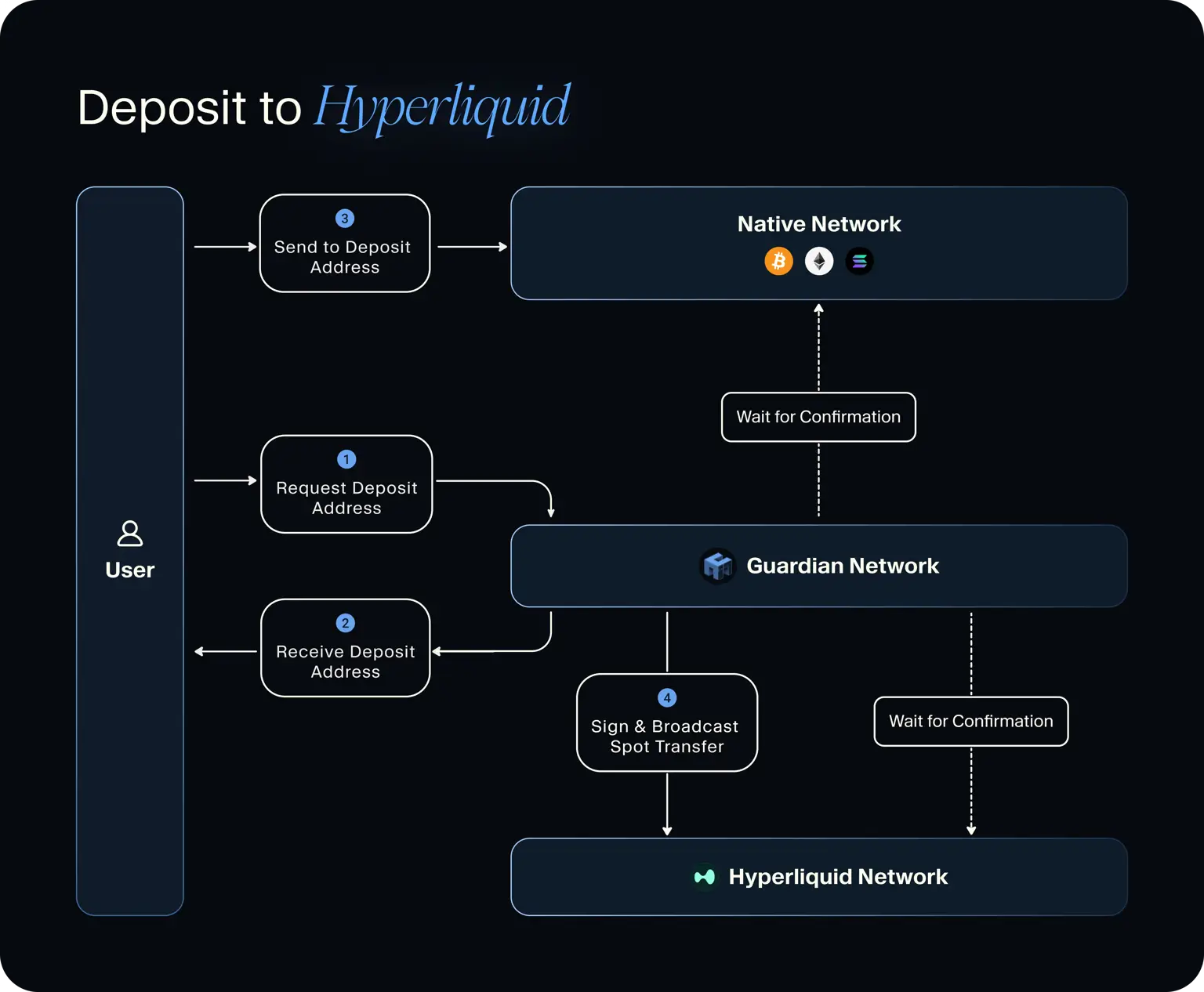
Once your transfer hits finality on Bitcoin (two confirmations), Unit credits the same amount to your Hyperliquid account. That’s it. From there you can trade it like any other asset on the spot order book.
You don’t need to trust a custodian or wait for wrapped versions. It’s literally your BTC, just moved into the Hyperliquid environment.
Withdrawals
Pulling assets out is just as straightforward.
- Go to the withdraw tab, connect your wallet, and pick Bitcoin.
- Enter the destination BTC address and the amount you want to send out.
- Sign the withdrawal transaction.
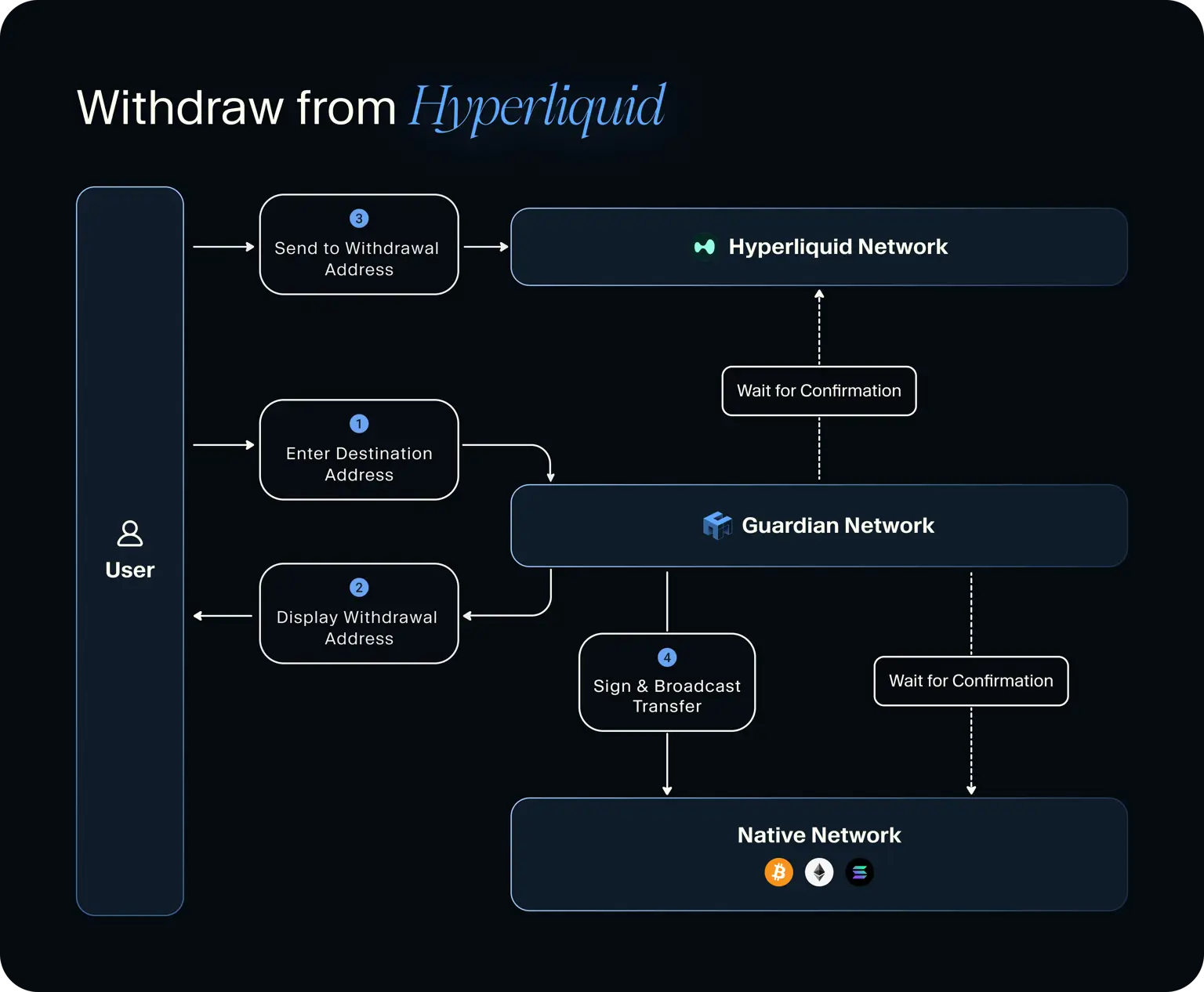
The Guardians verify it, then broadcast it to the Bitcoin network. A few seconds for Hyperliquid to process, a few minutes for Bitcoin to confirm, and the funds show up on the other side.
Again, it looks simple because that’s the point.
Concluding thoughts
It’s hard not to step back and look at the whole Hyperliquid picture here.
Perps, spot, native token flows, not one-off features anymore, but an ecosystem starting to look self-contained. The kind where traders don’t need to bridge around or compromise; you just plug in and everything you expect from a CEX is already there, only it’s onchain.
Zoom out another layer, and you’ll see the contours of a proper marketplace forming.
ETH and BTC spot volumes have already flipped HYPE. That tells you a lot not just about the demand for spot, but about where Hyperliquid is headed.
For months, everything revolved around HYPE – farming it, trading it, speculating on it, but now you’ve got the biggest assets in the market taking center stage, and that’s usually a sign that the ecosystem is maturing.
Note: A handful of the blocmates team are deep in the Hyperliquid trenches, so factor that bias in. All of our research and references are based on public information available in documents, etc., and are presented by blocmates for constructive discussion and analysis. To read more about our editorial policy and disclosures at blocmates, head here.




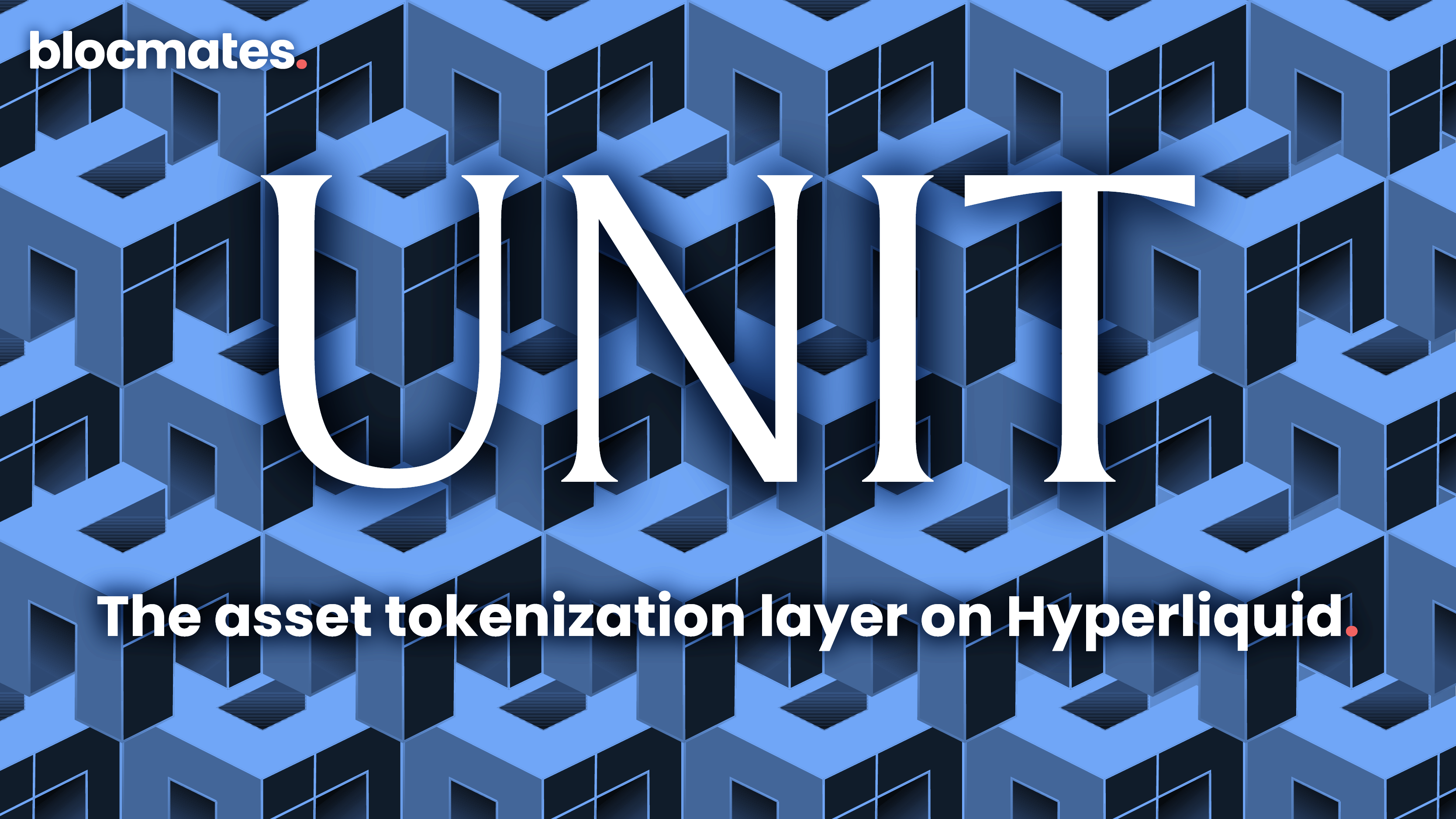


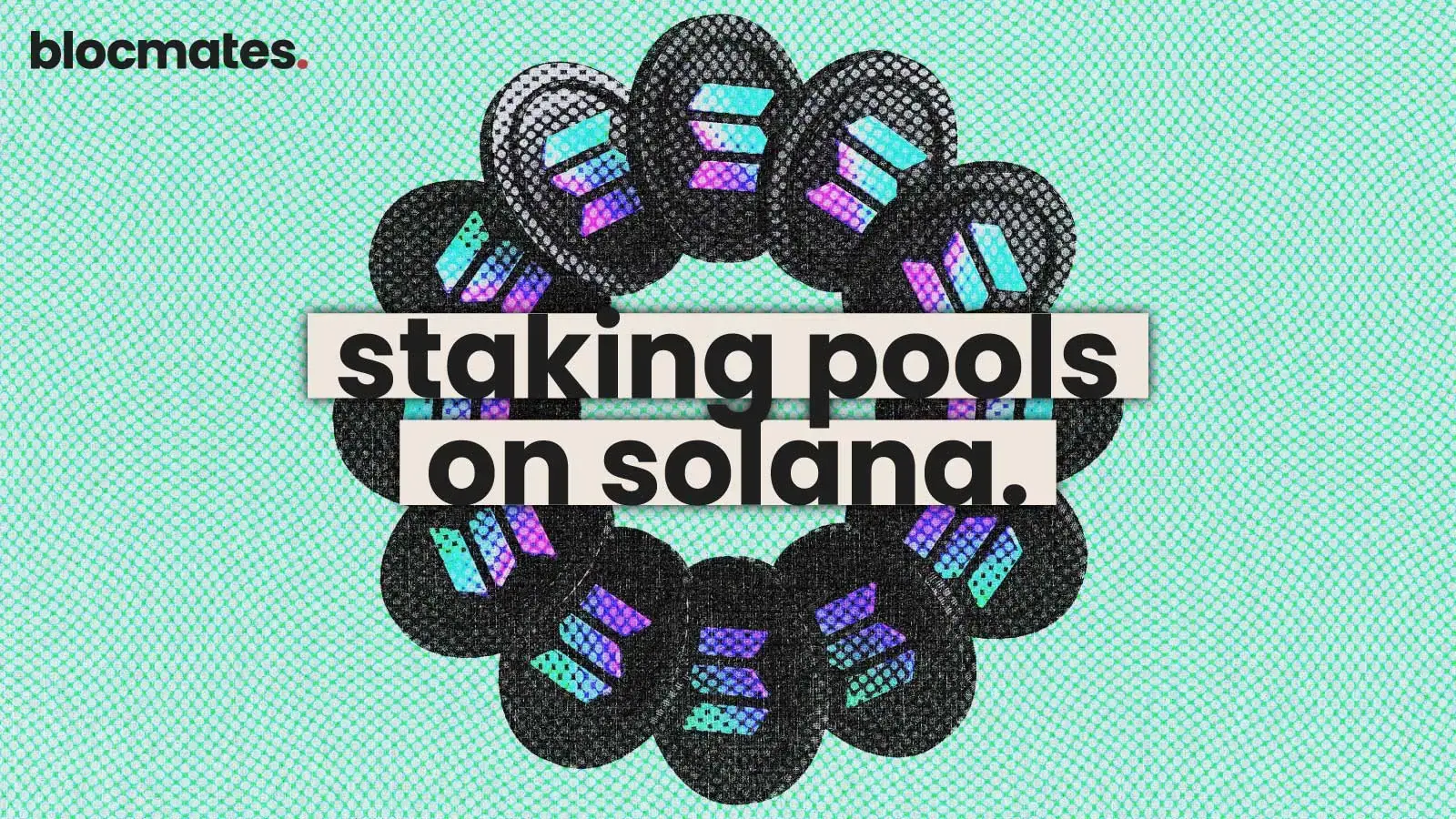





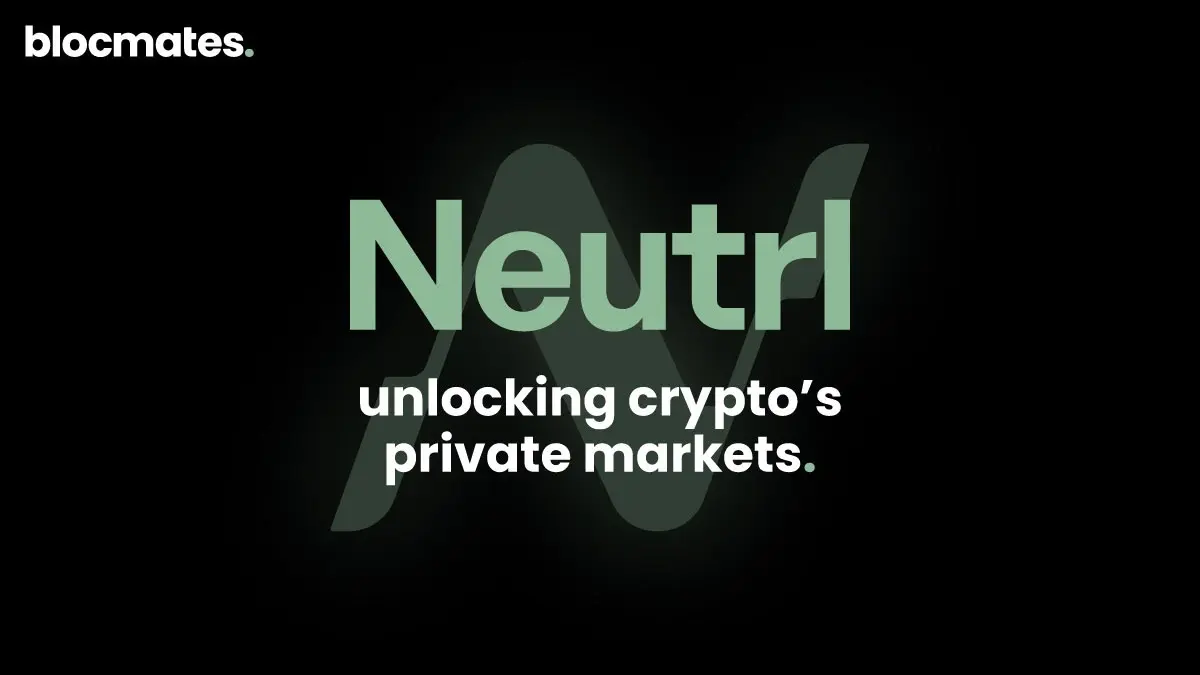


.webp)
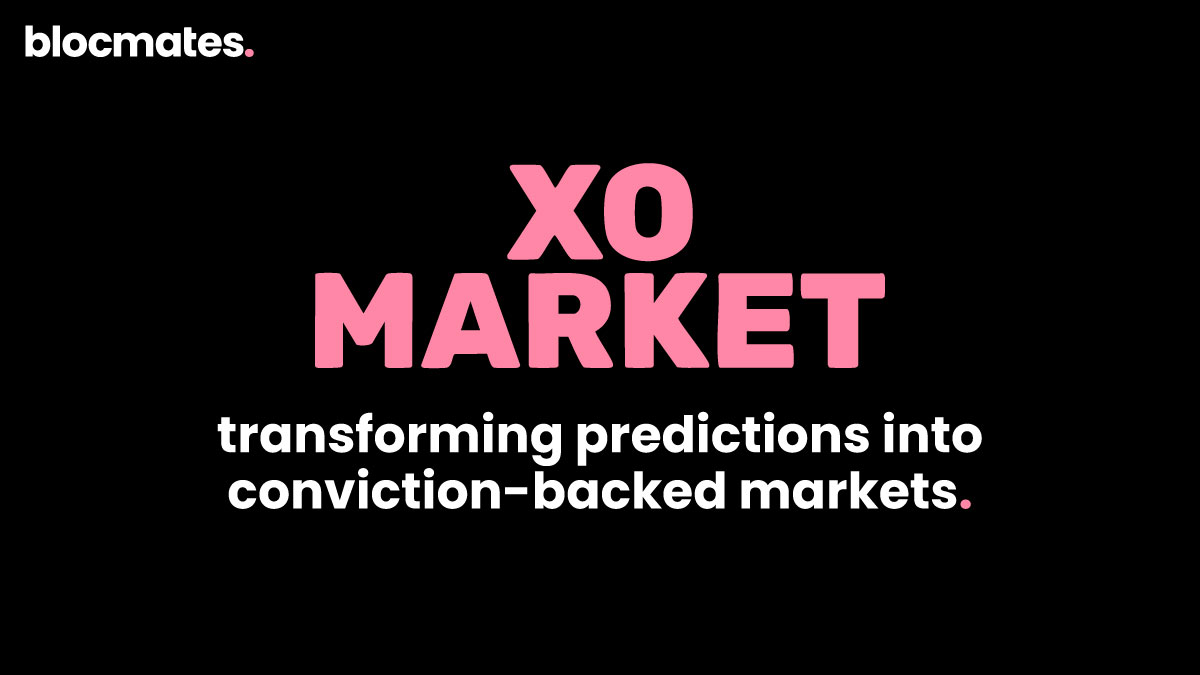
.webp)
.webp)
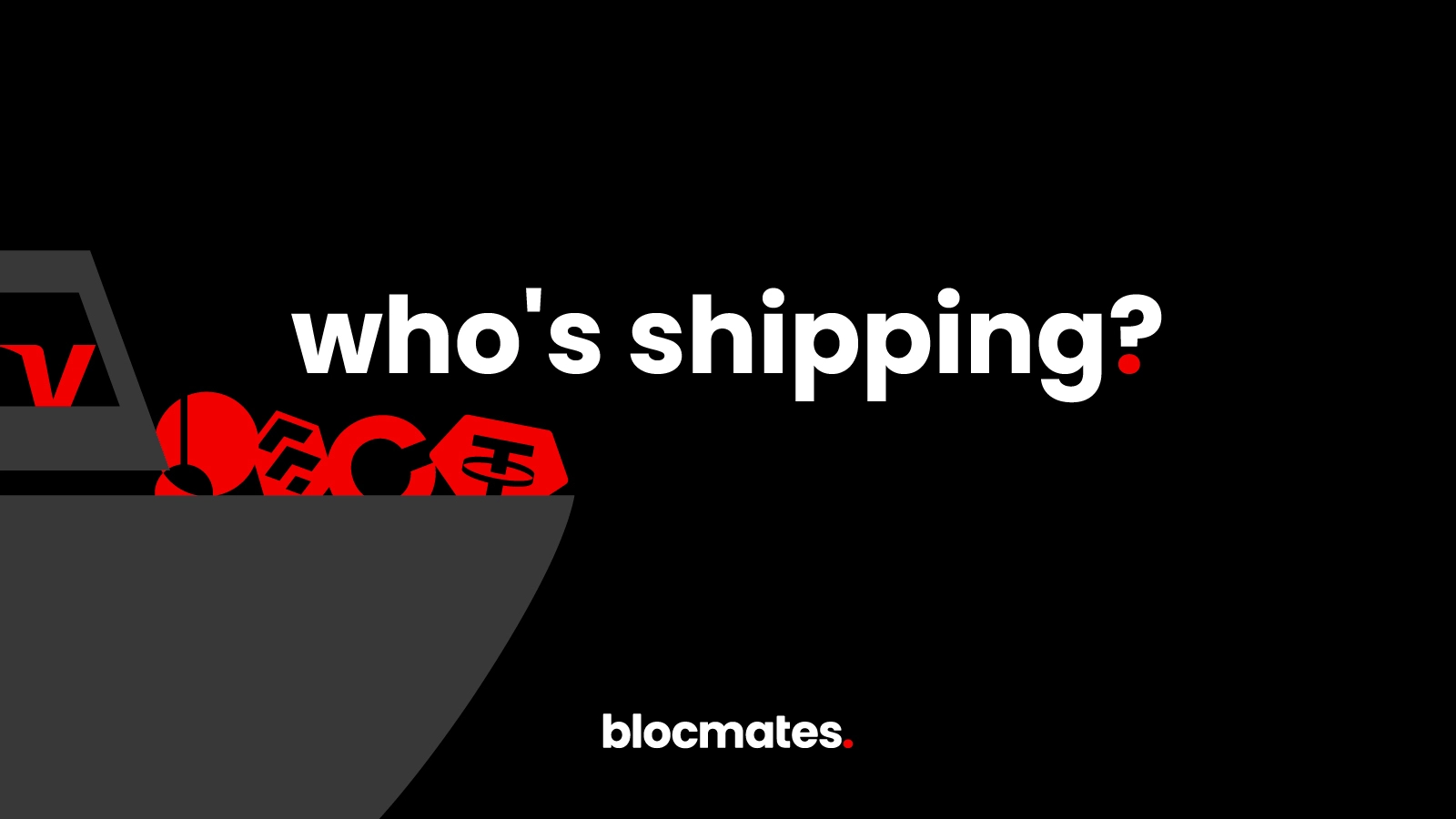
%20(1).webp)
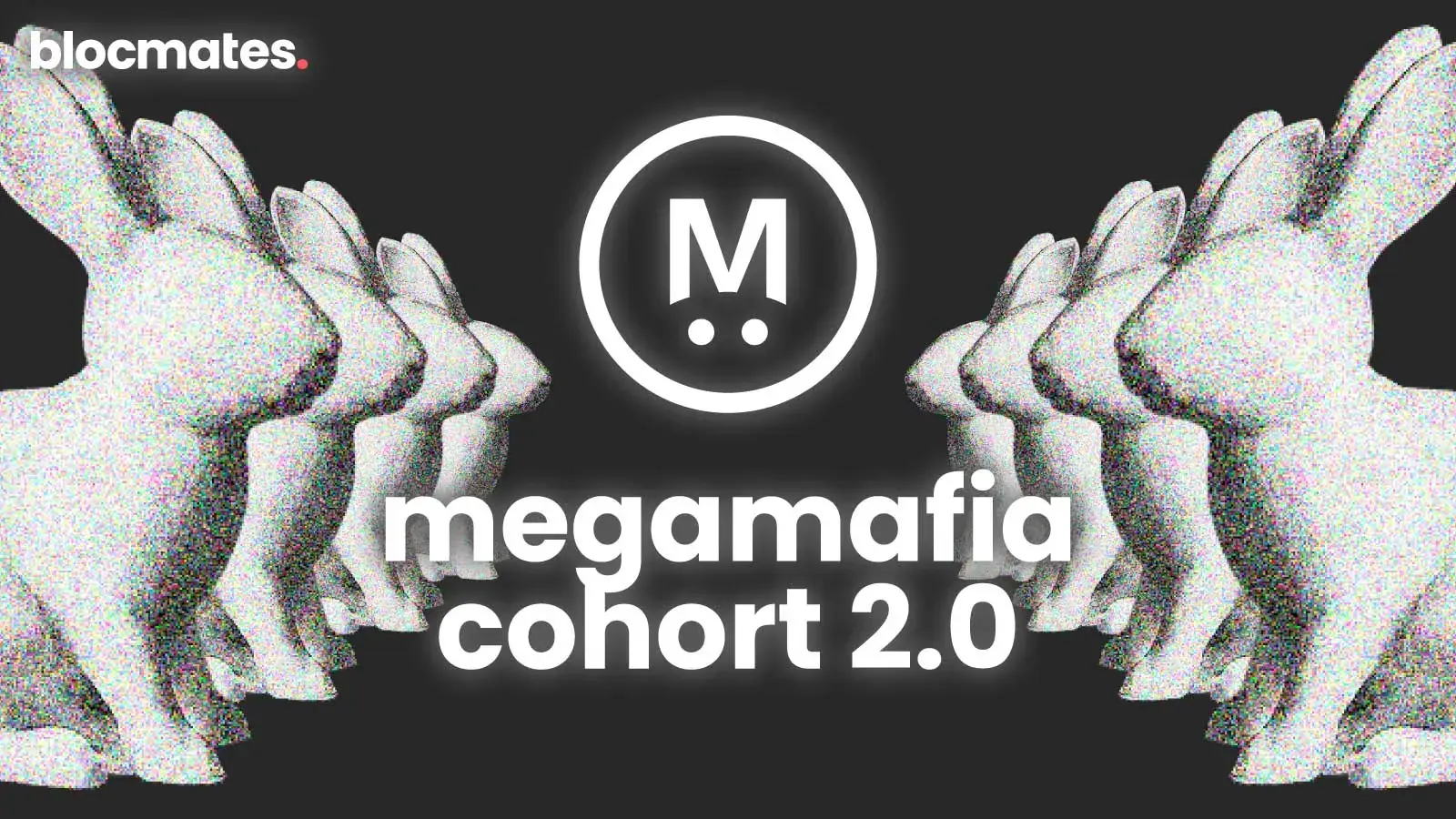
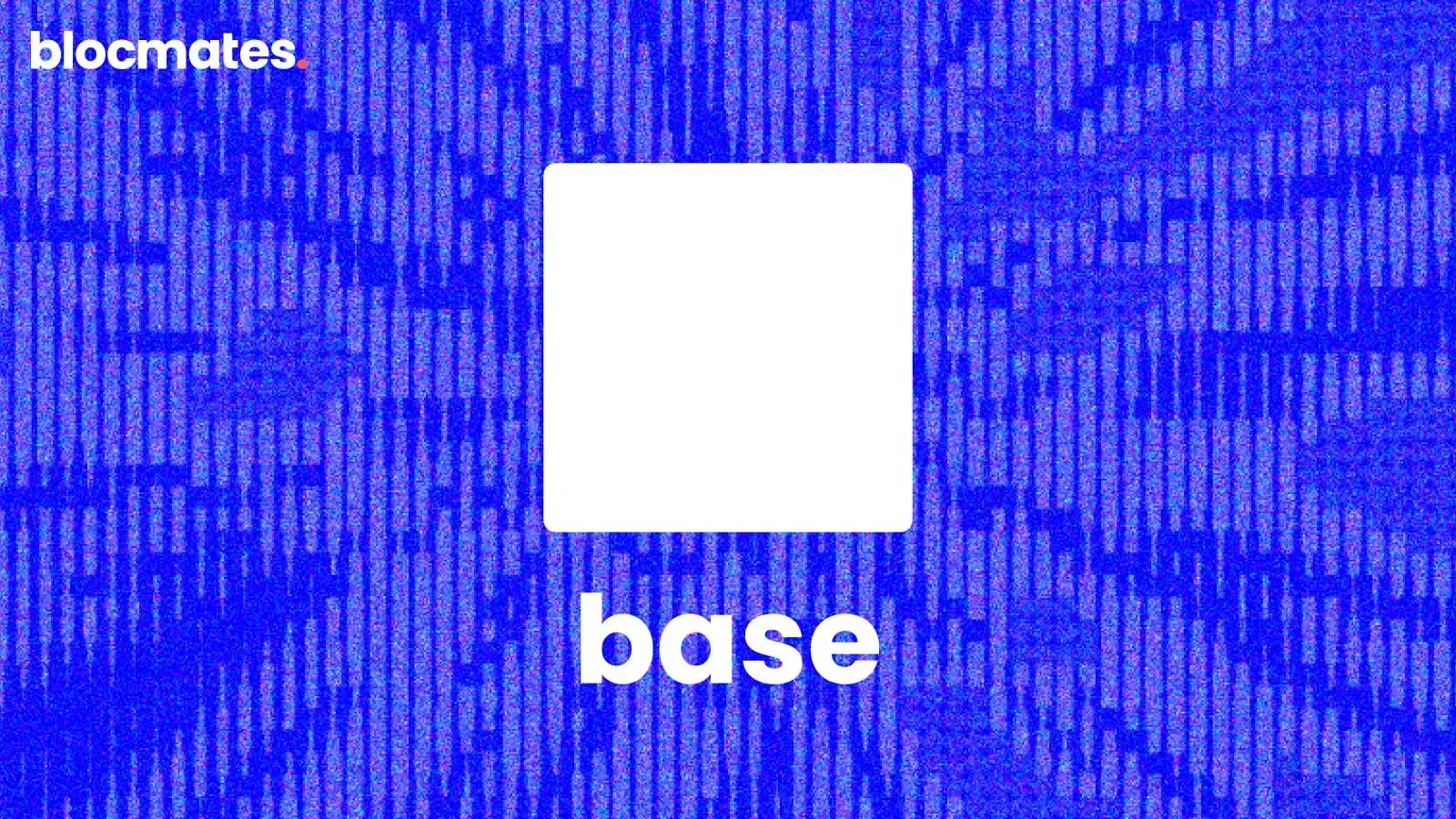
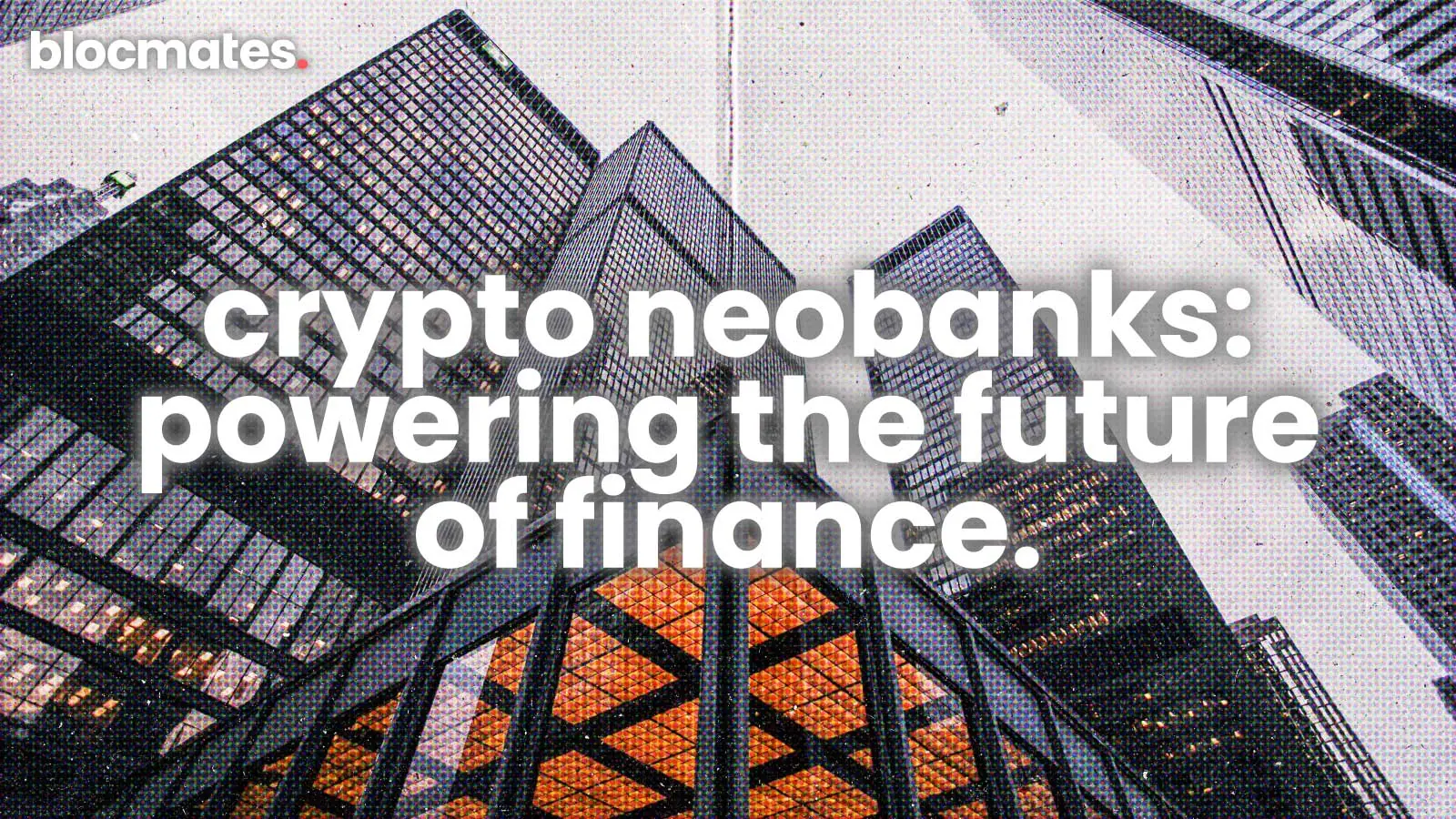


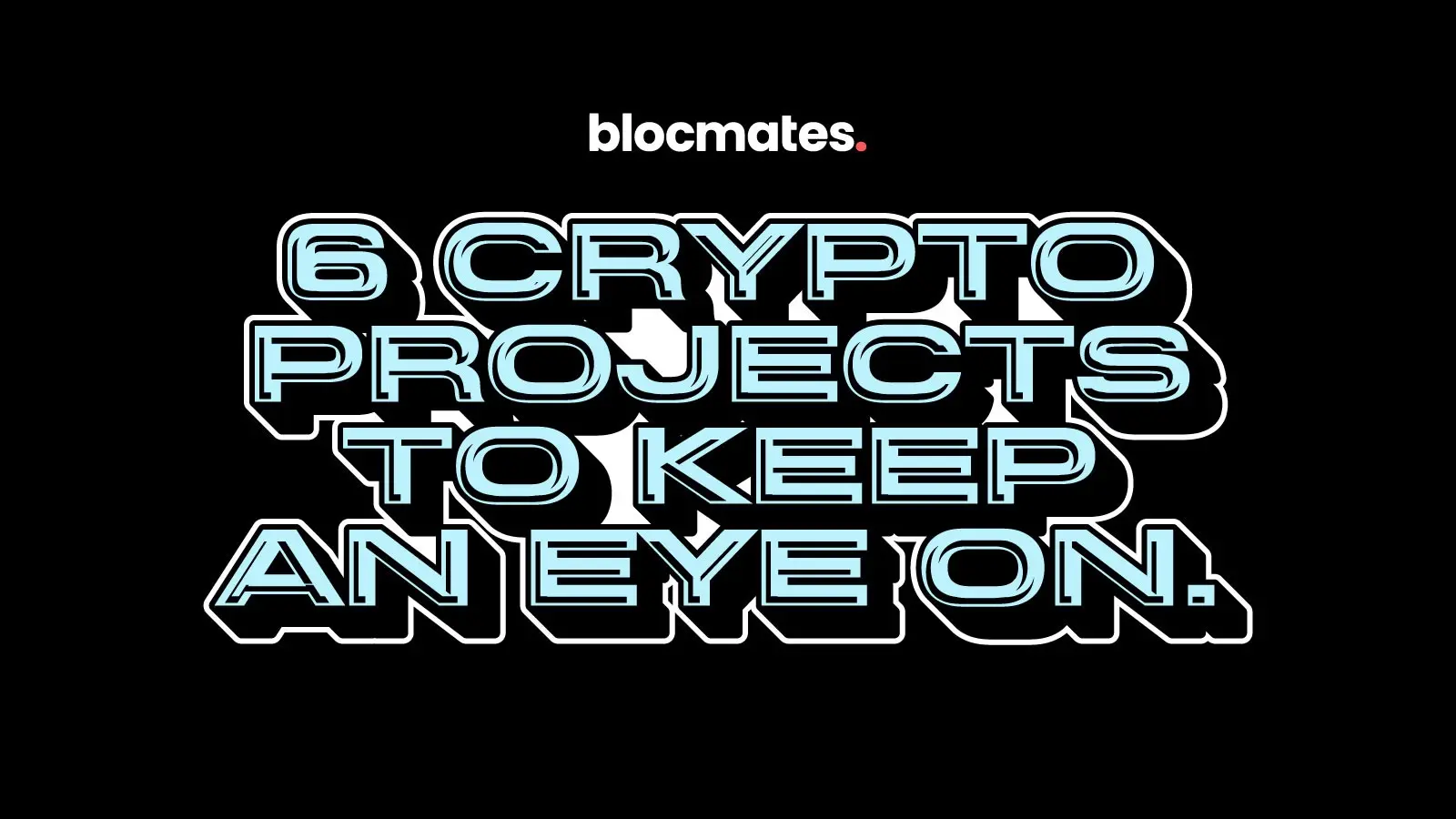
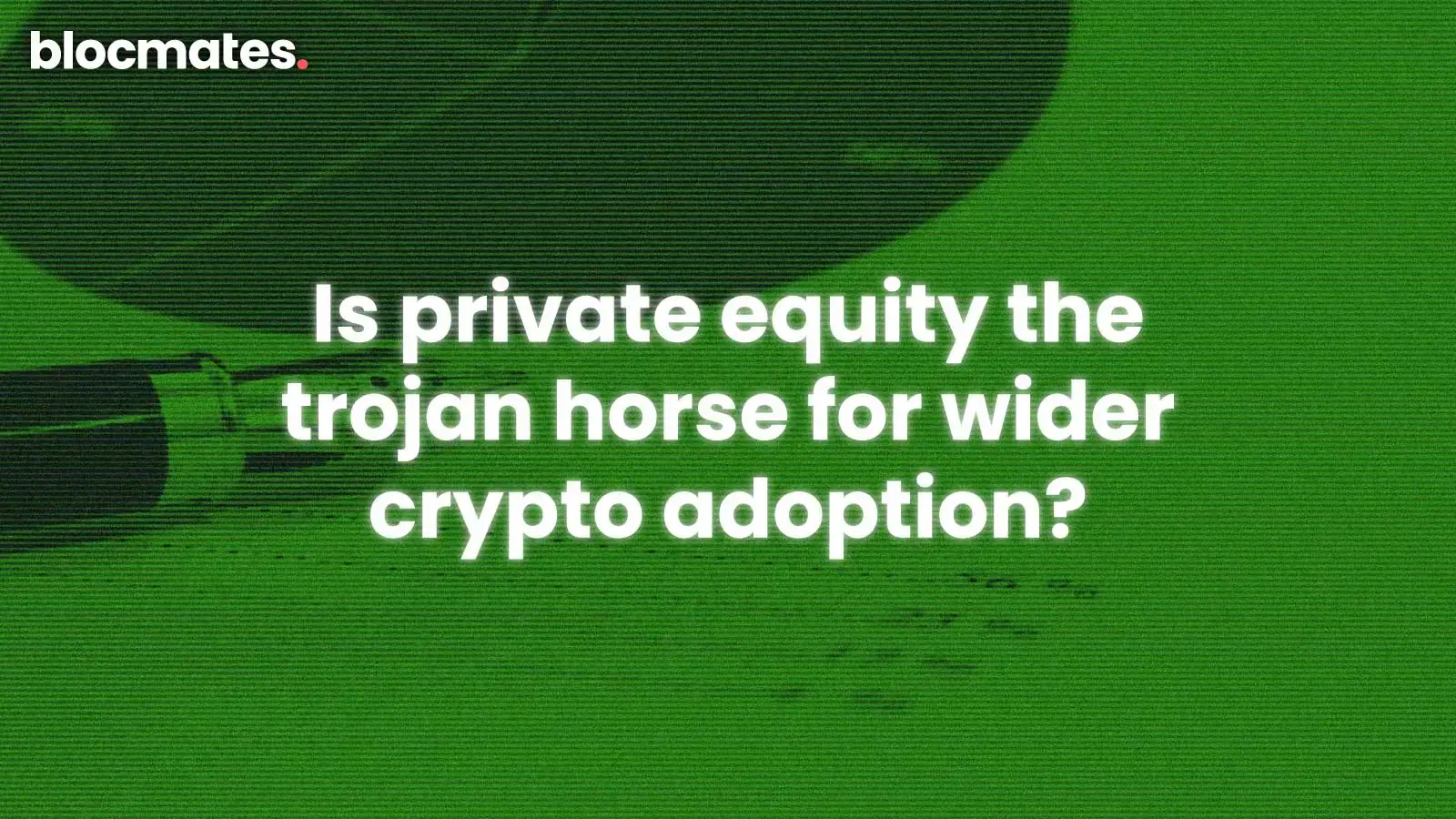
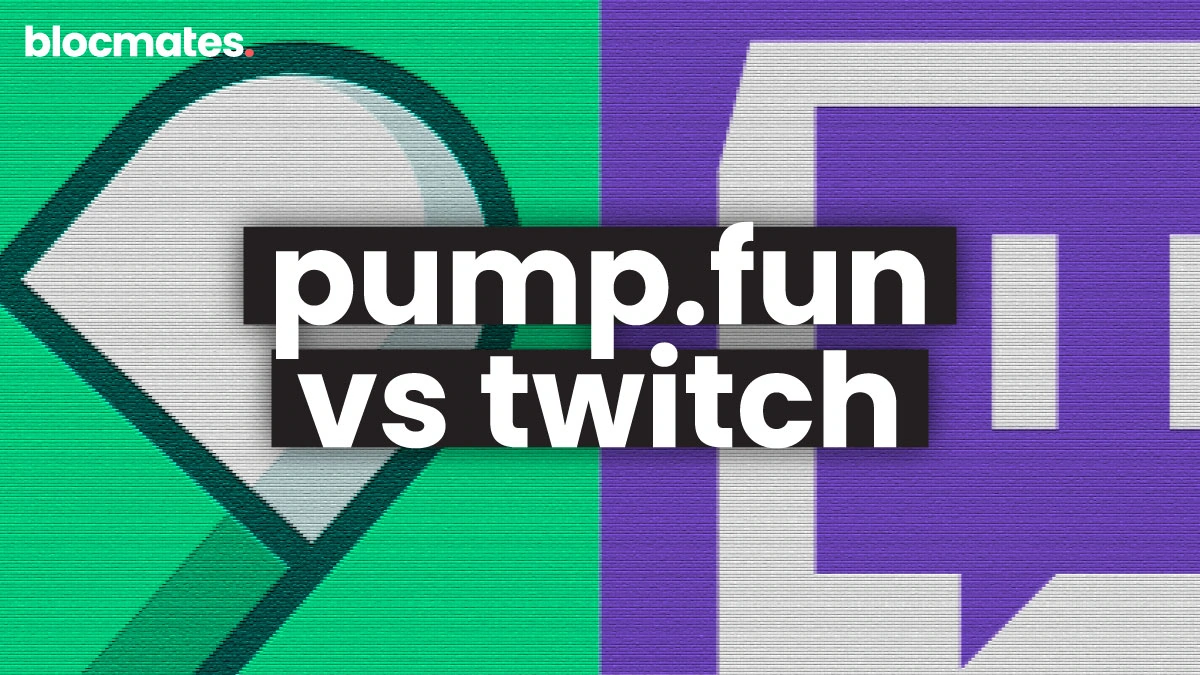


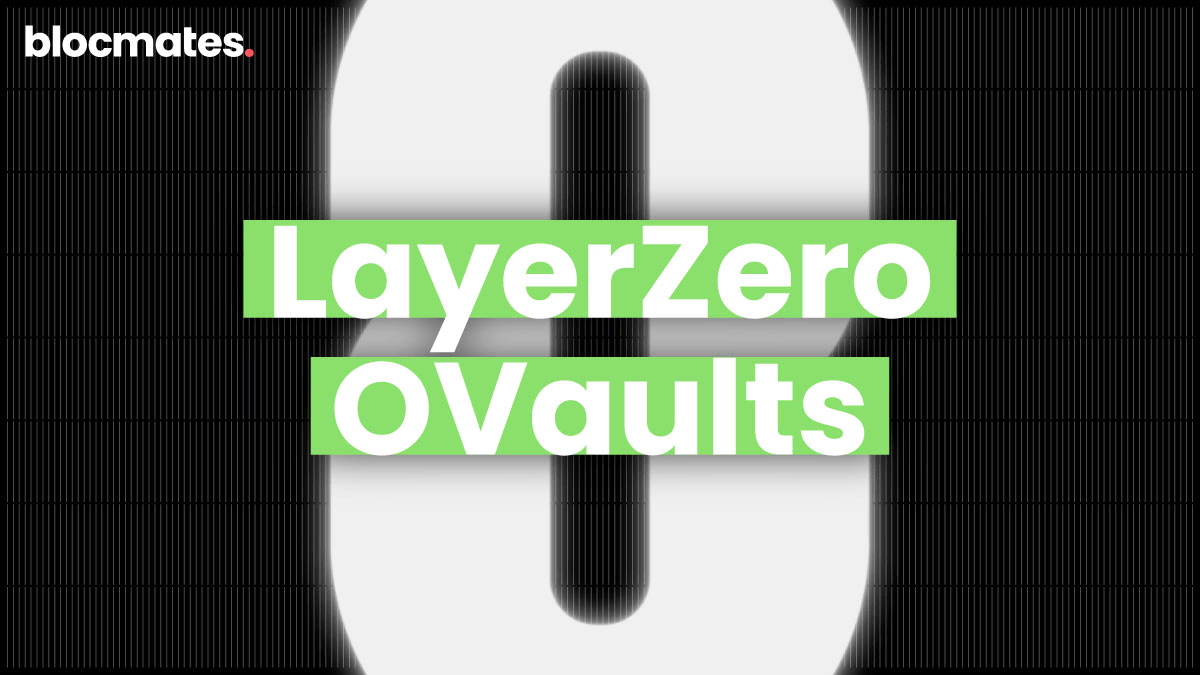

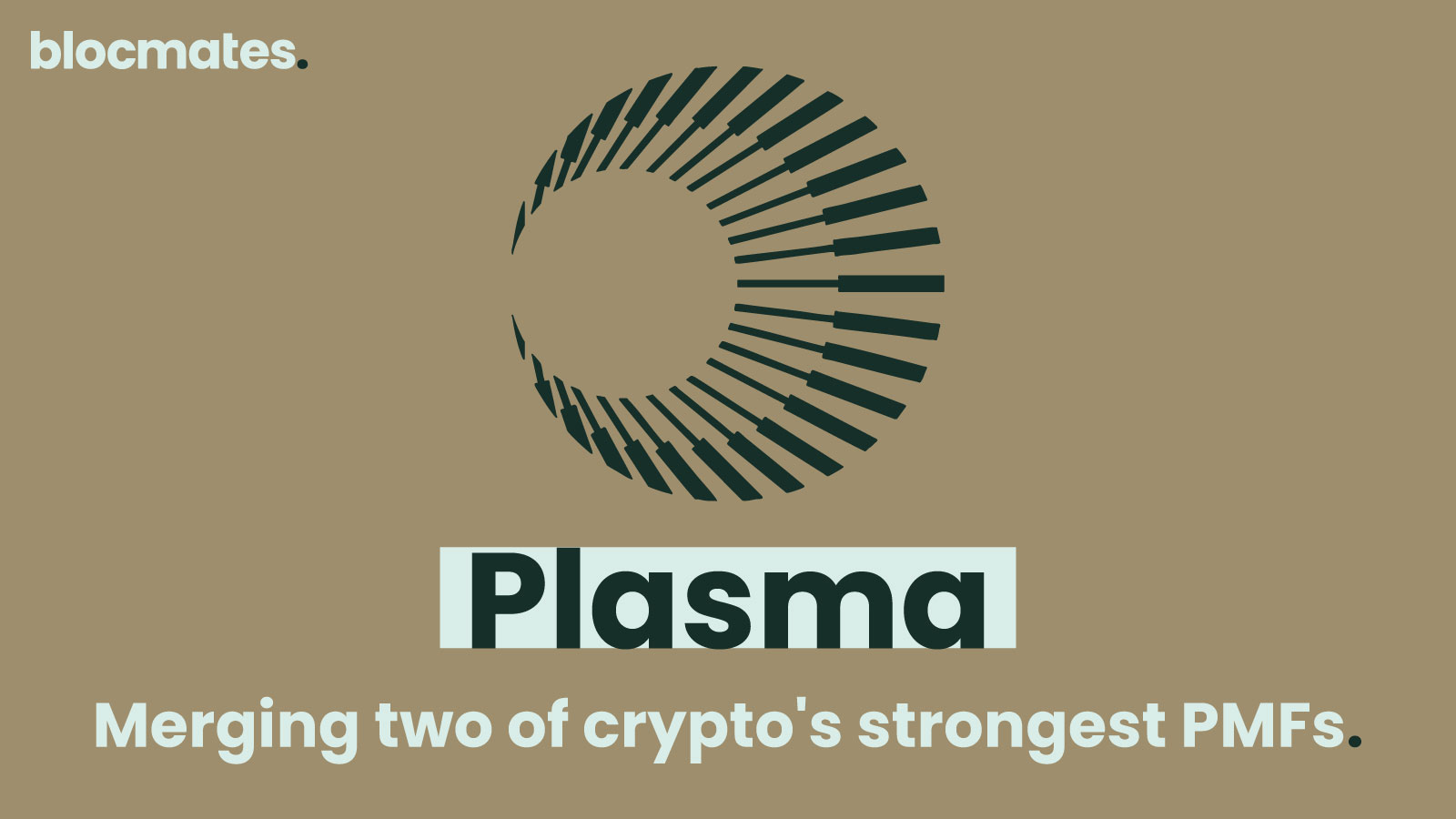

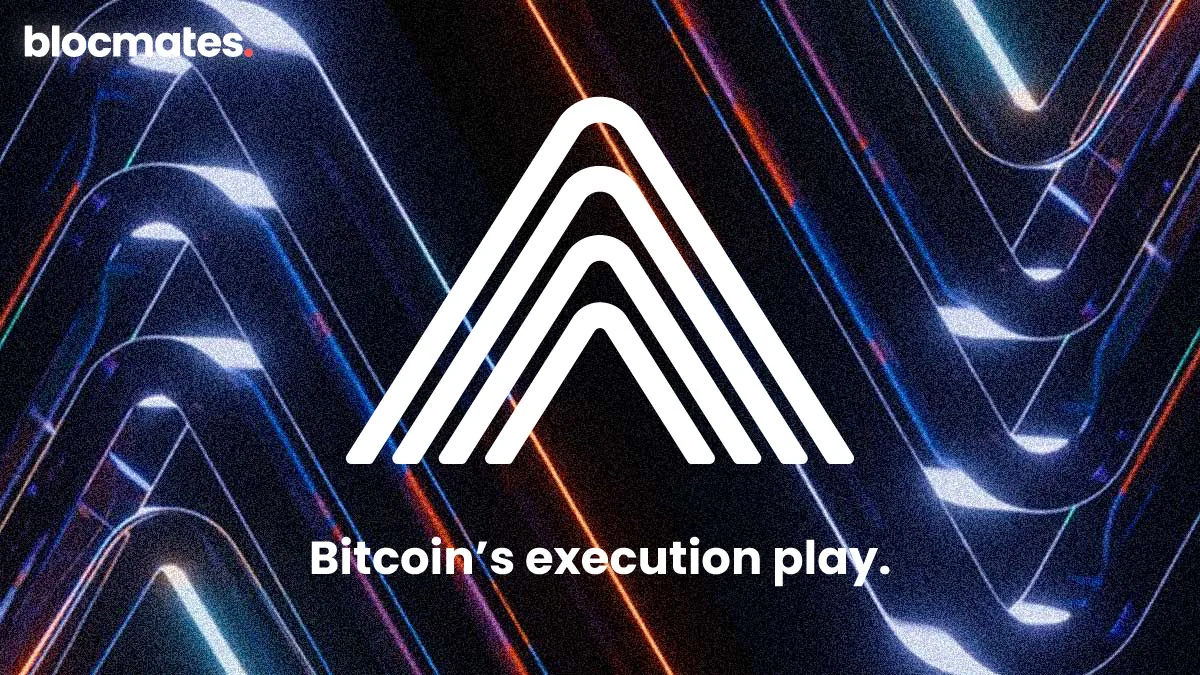

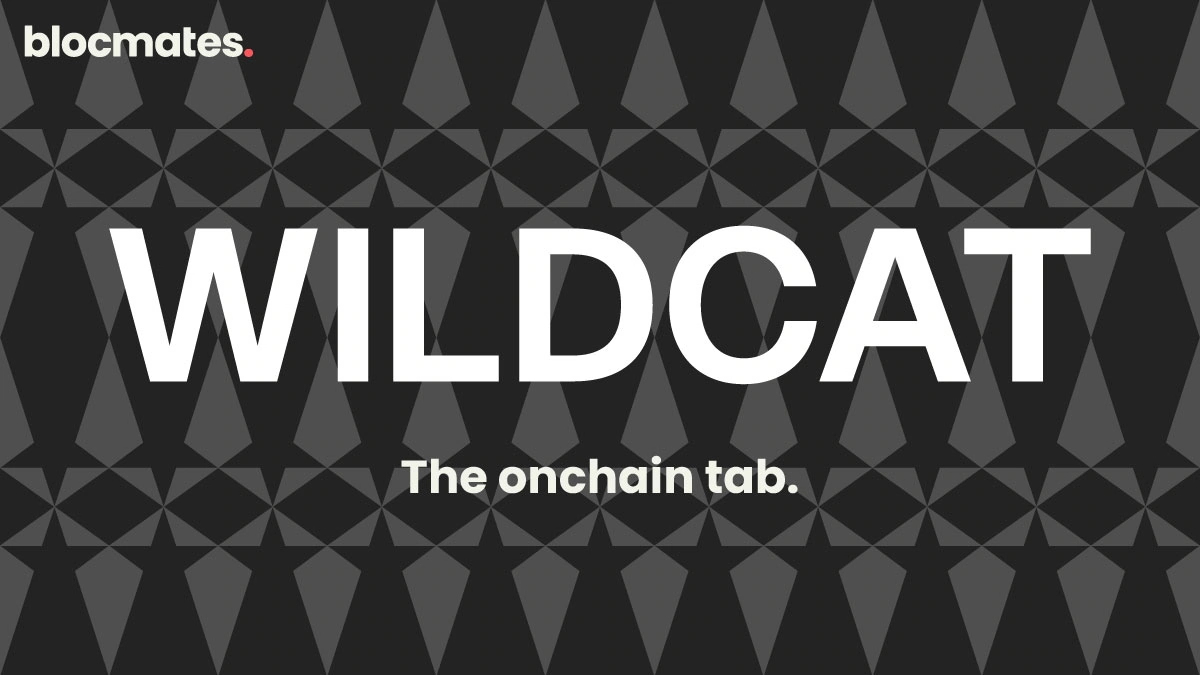
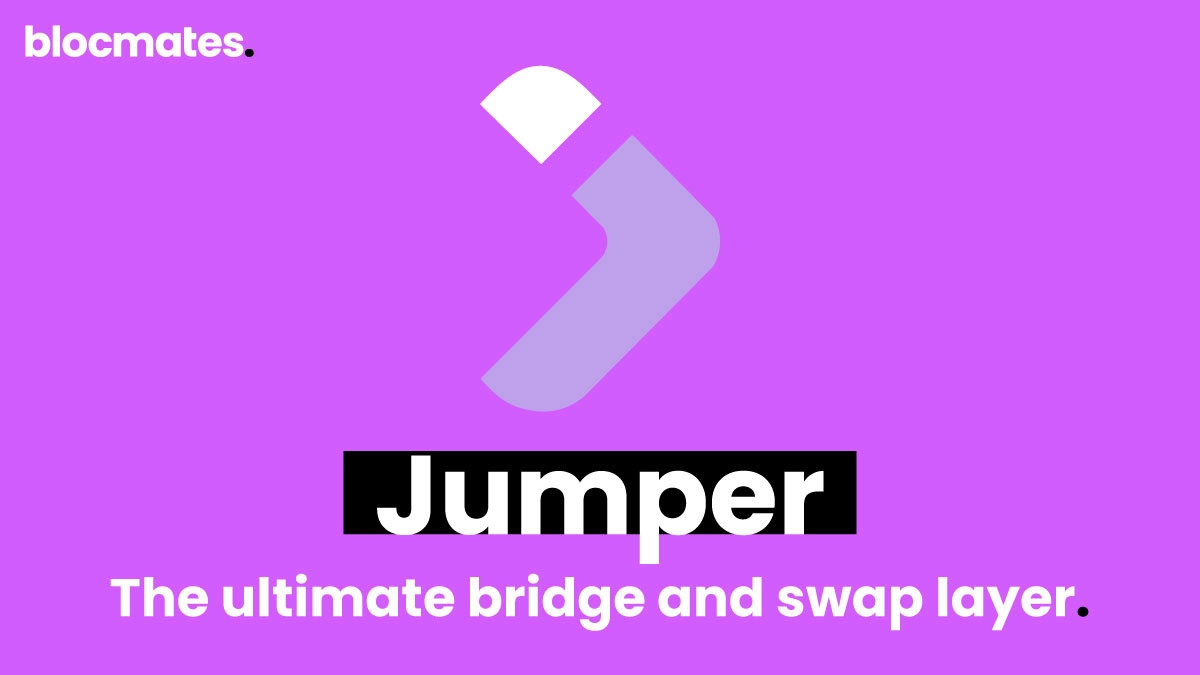
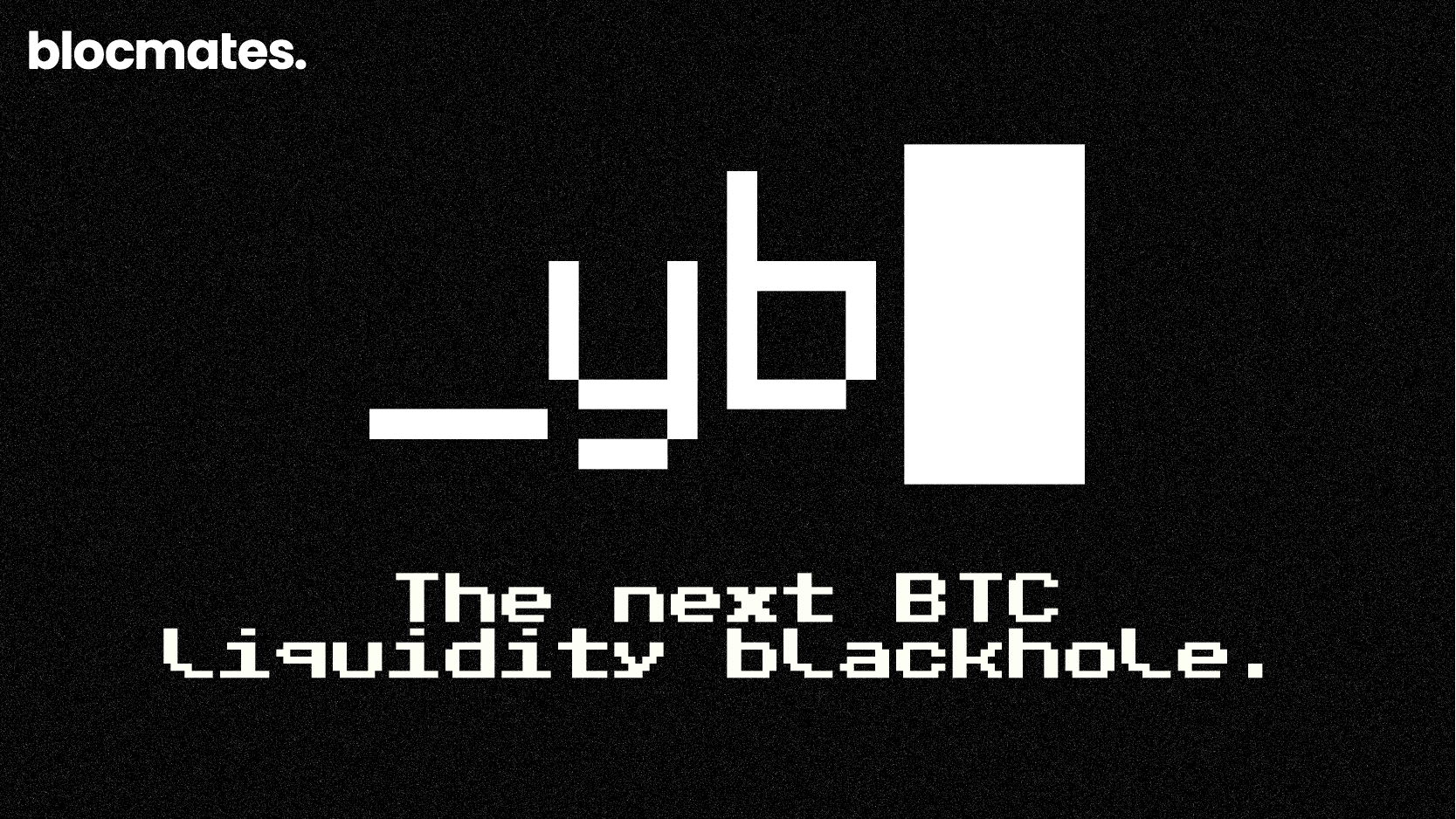
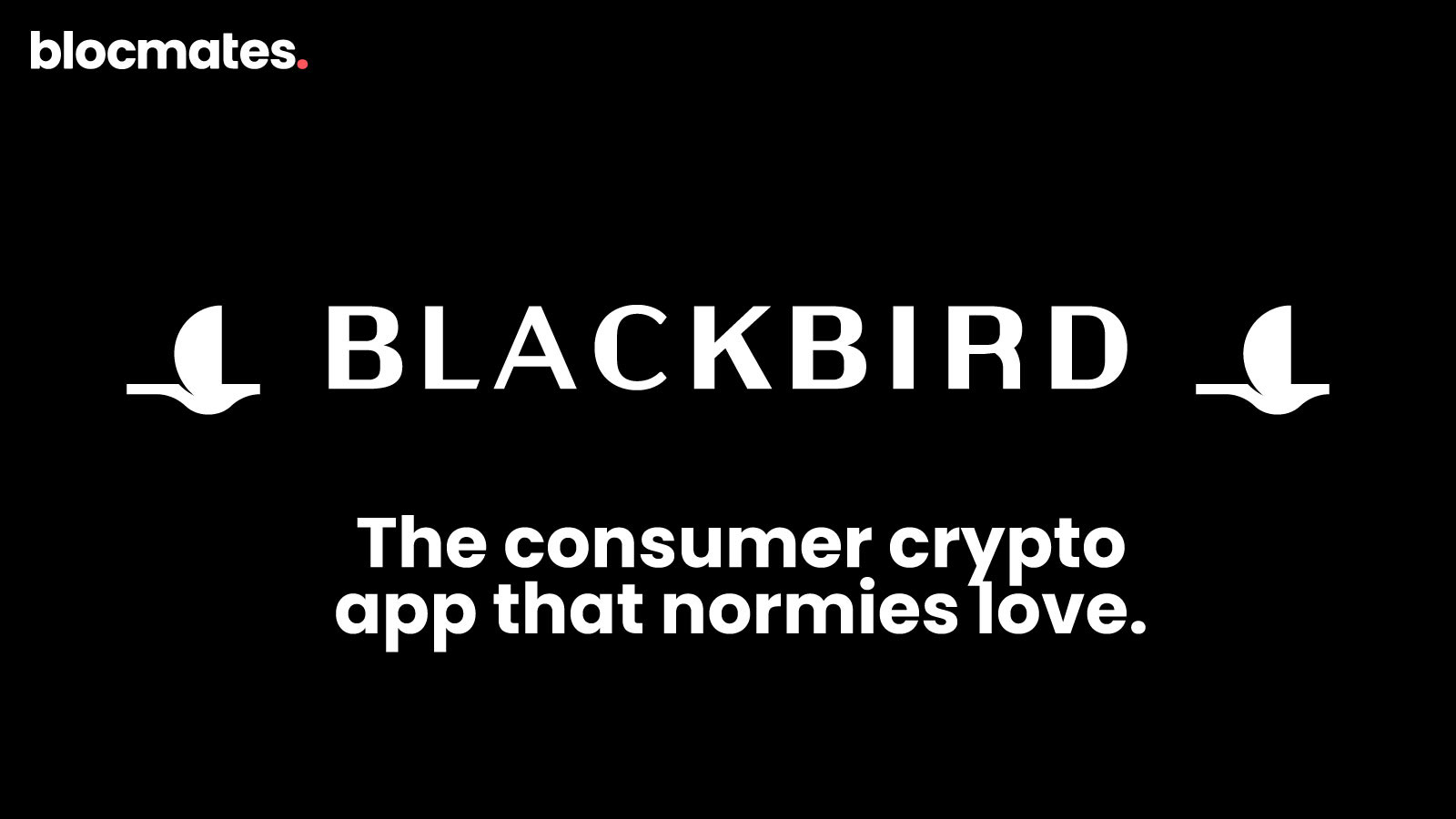
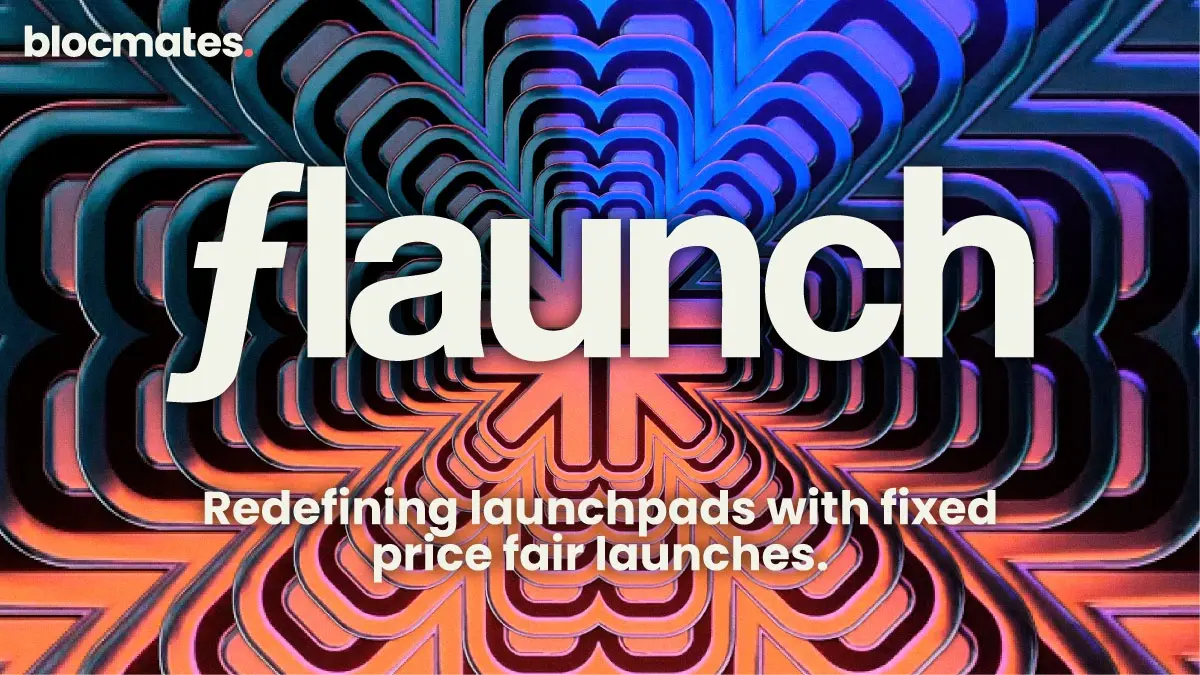

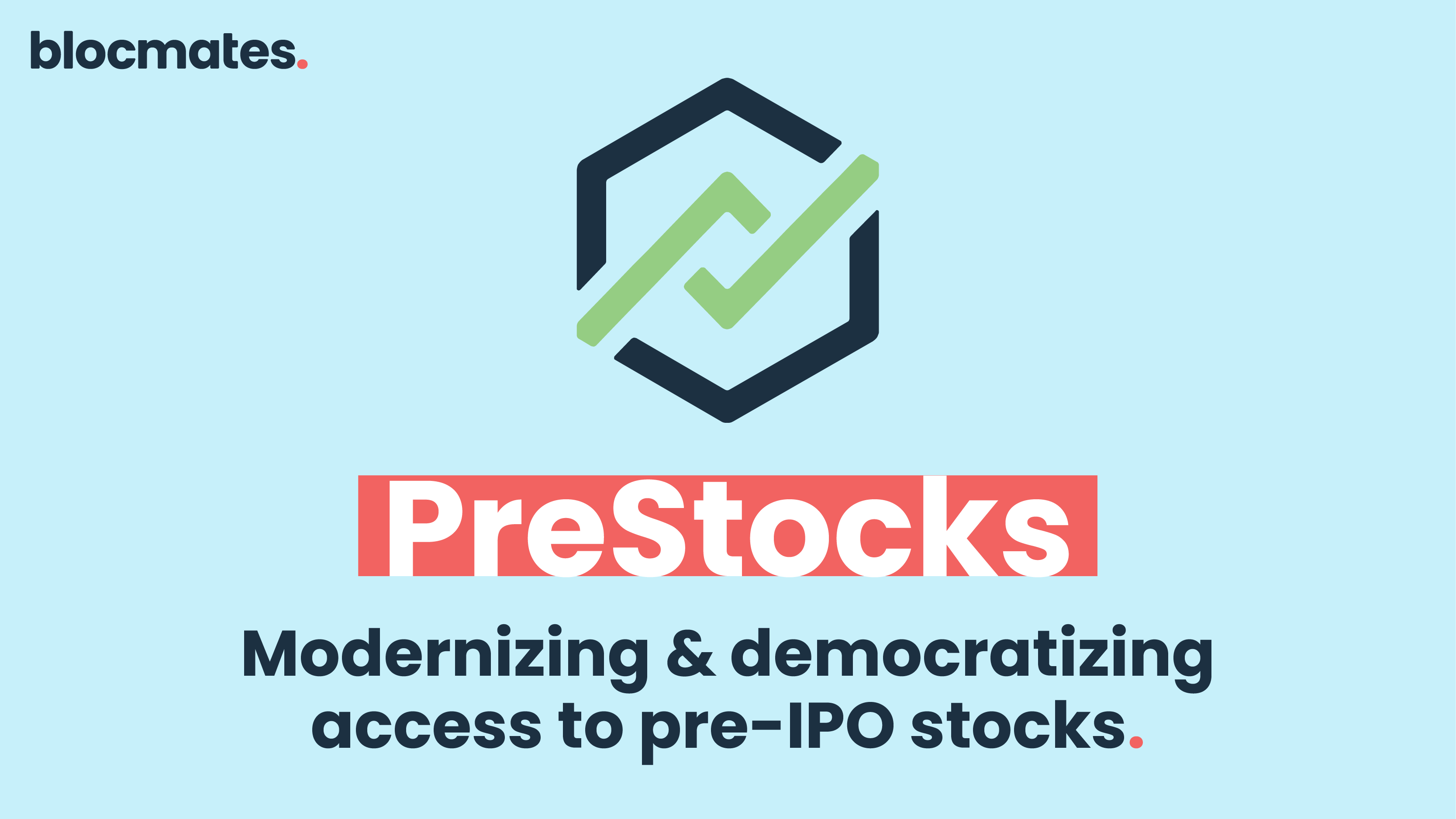

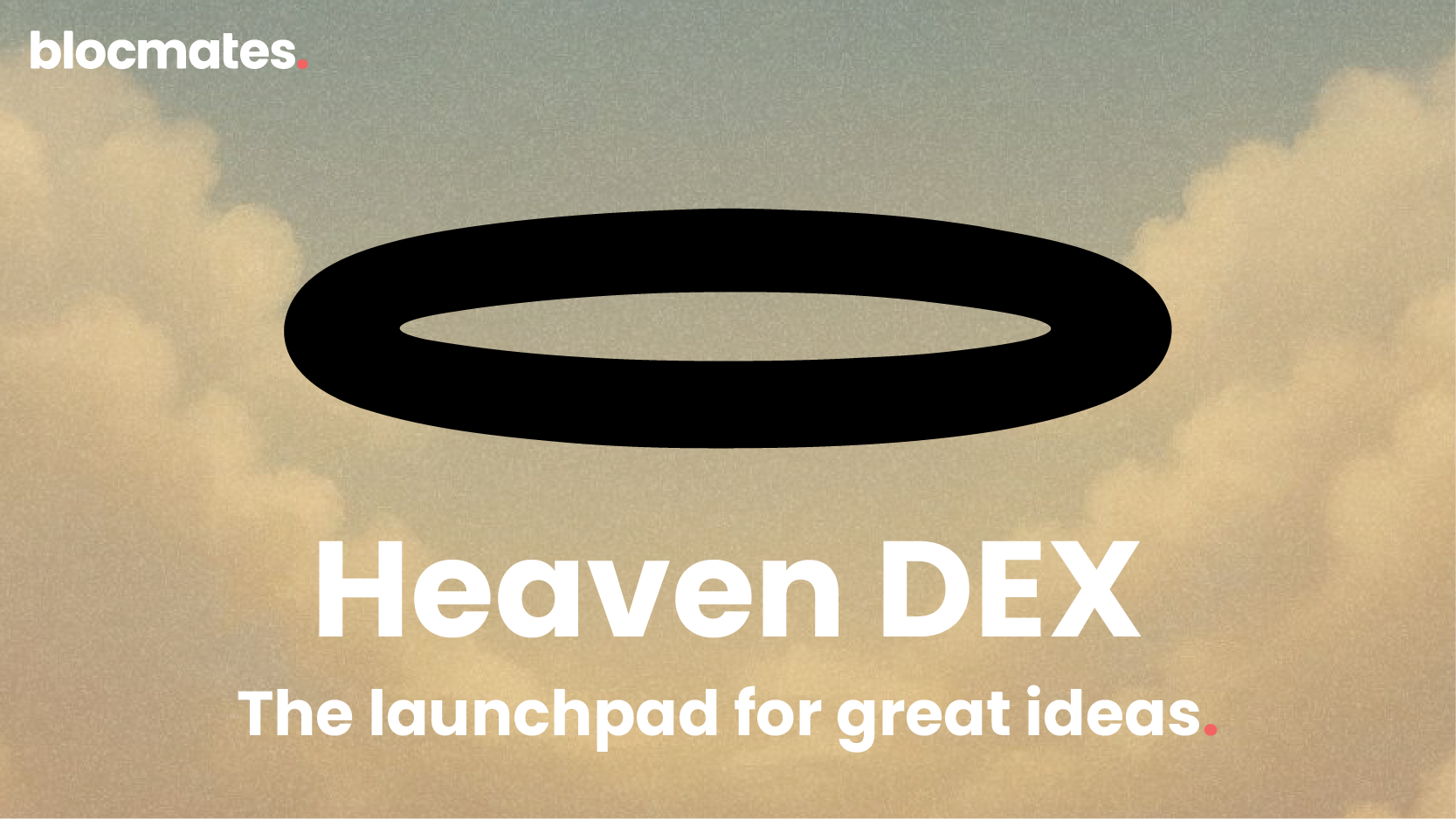
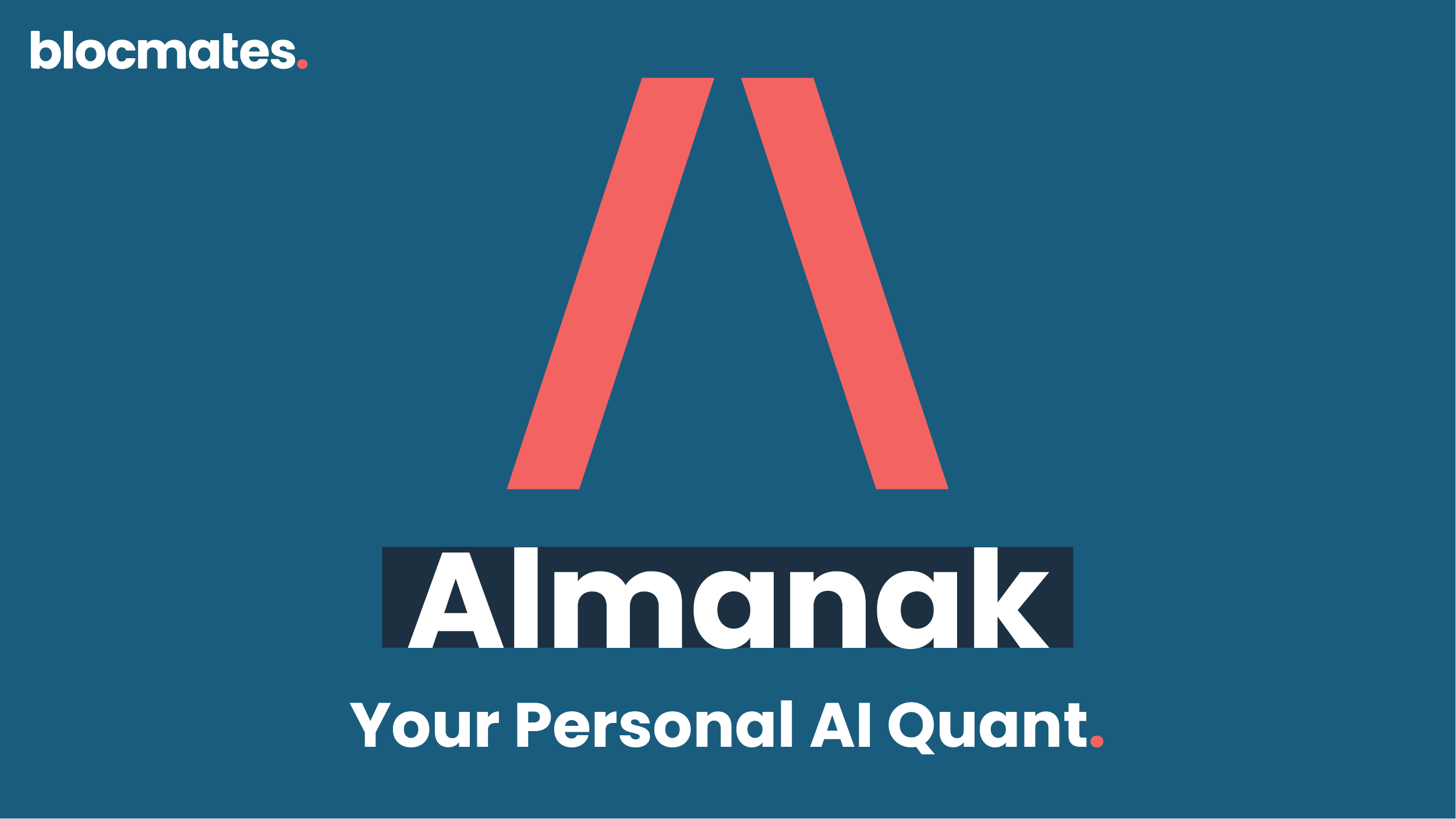

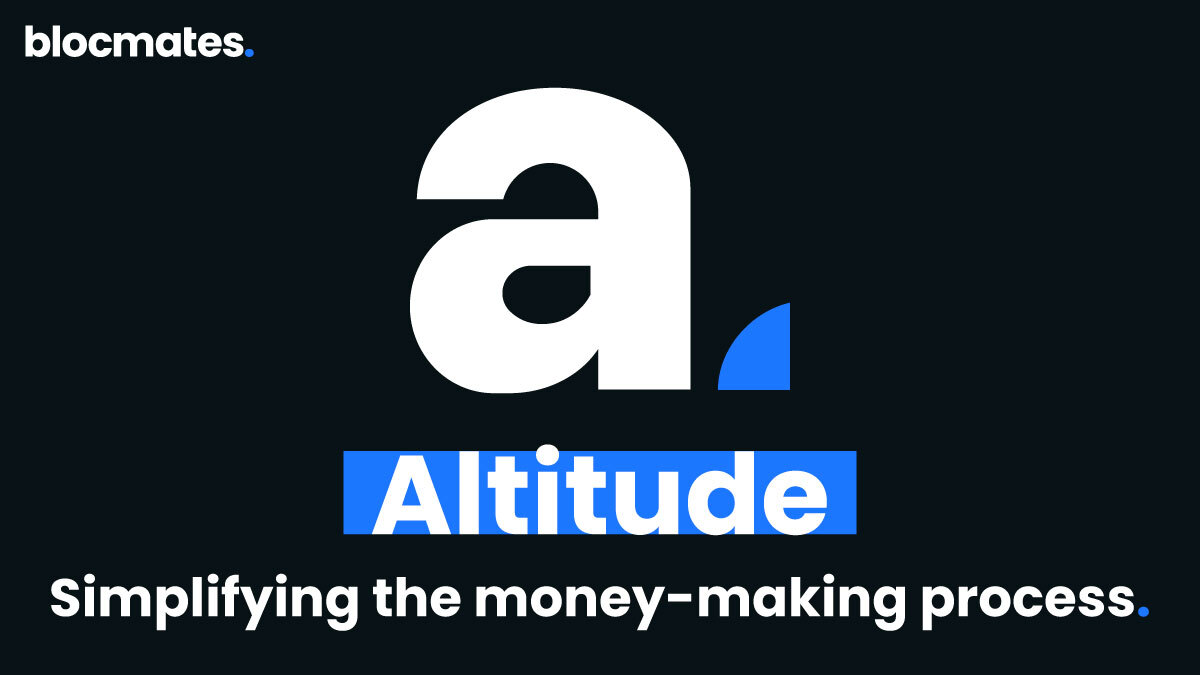
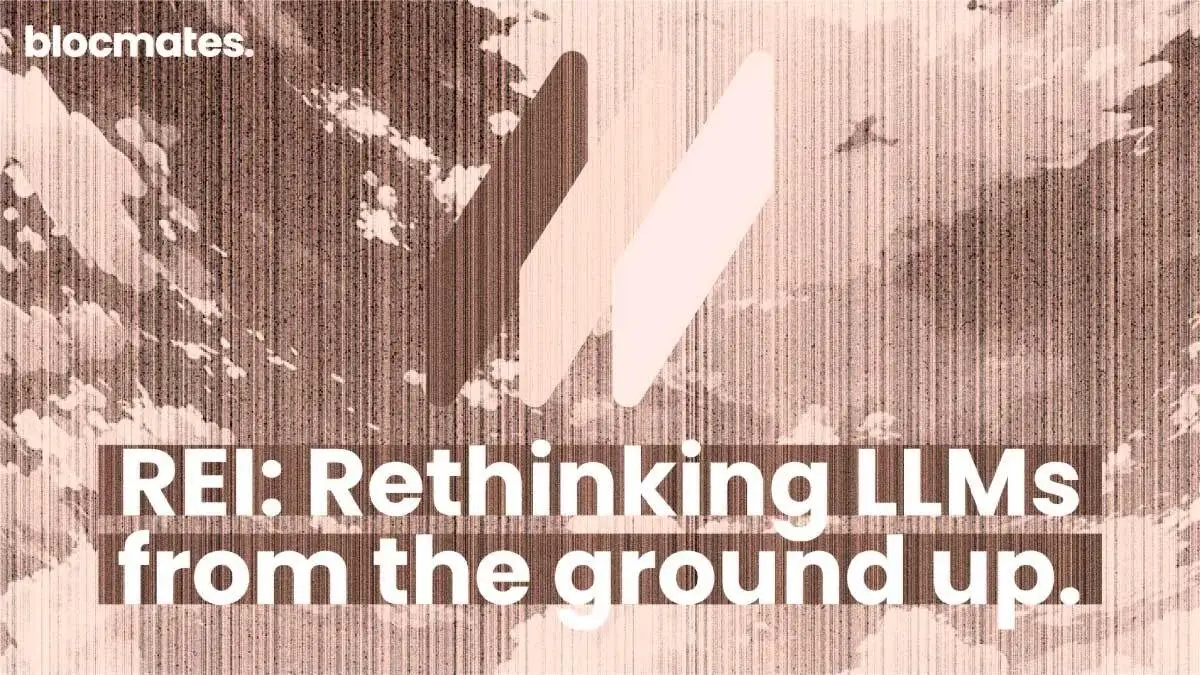
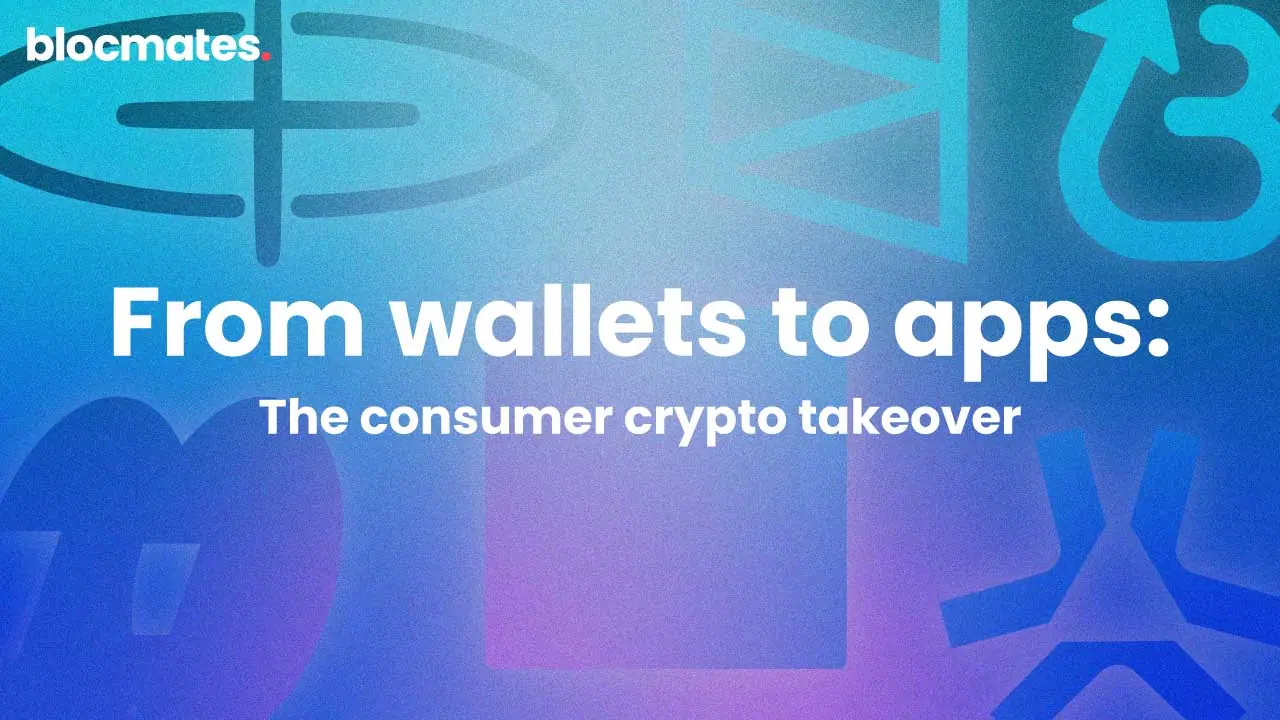
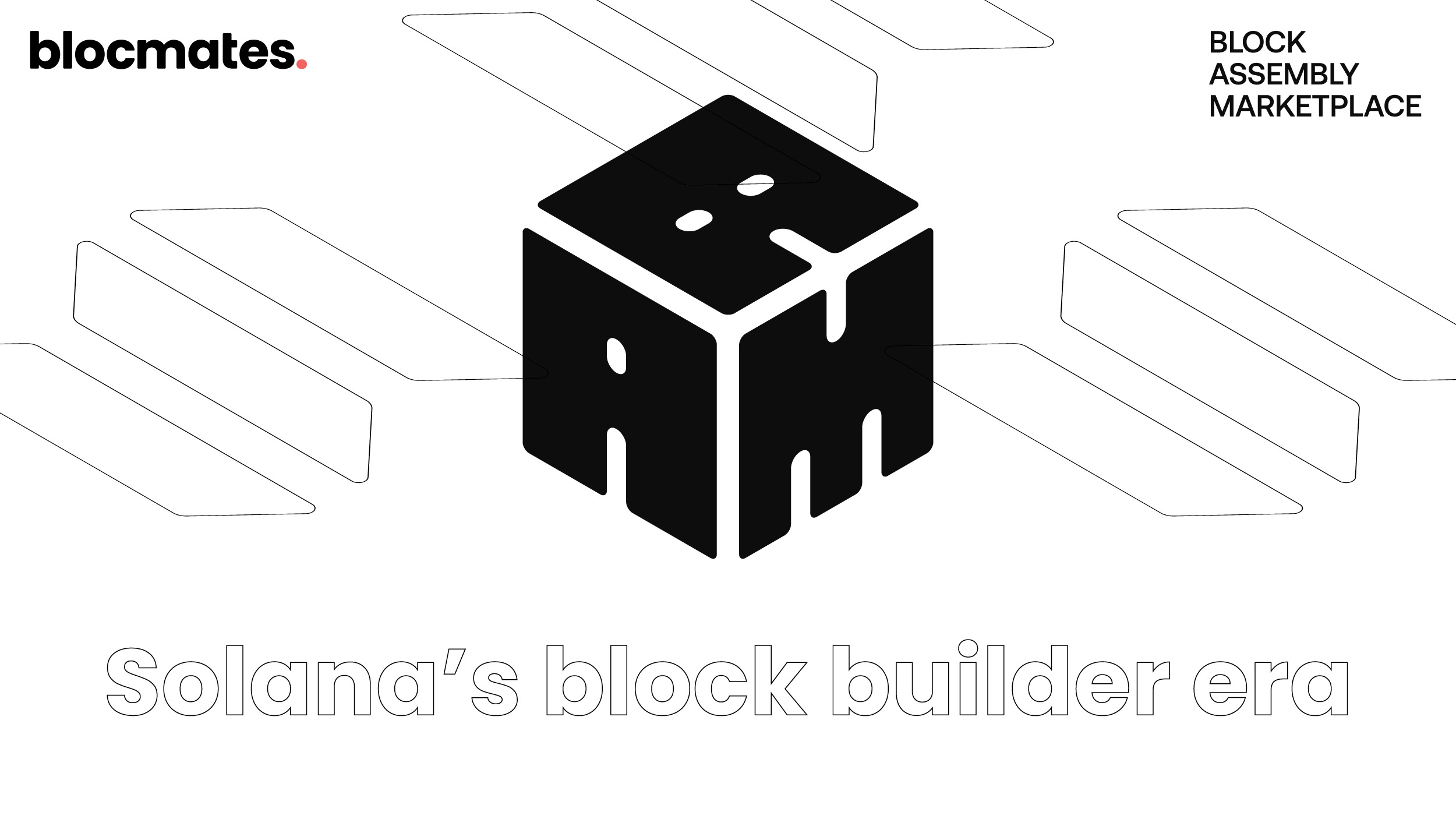
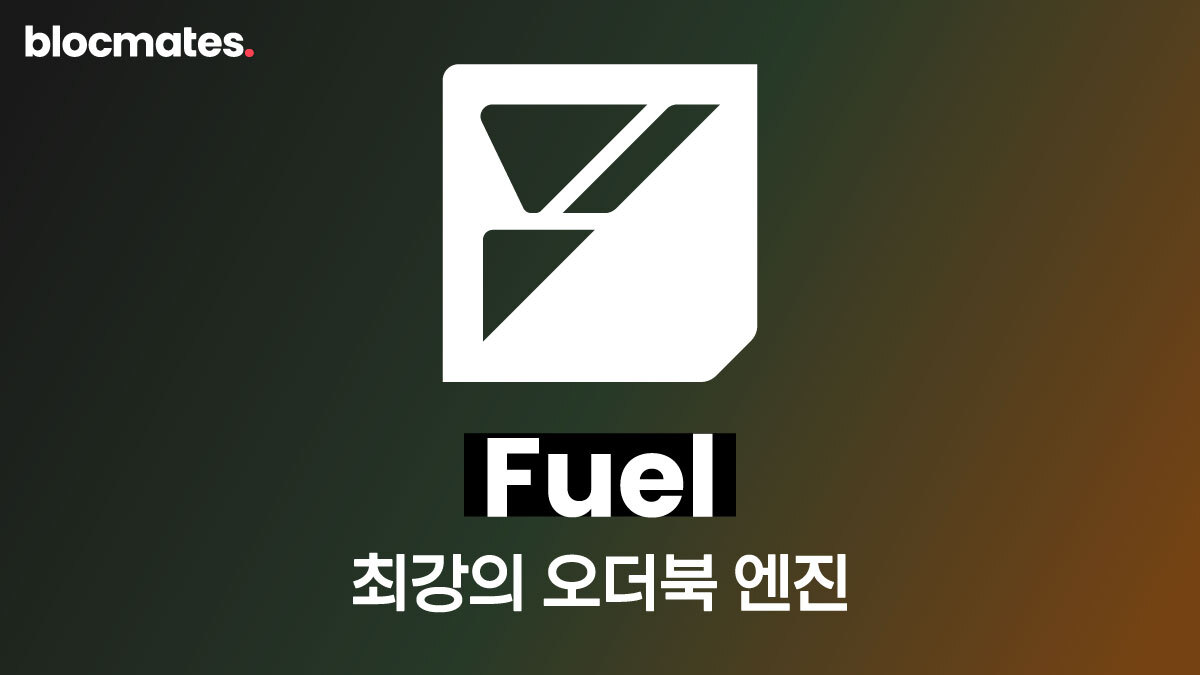
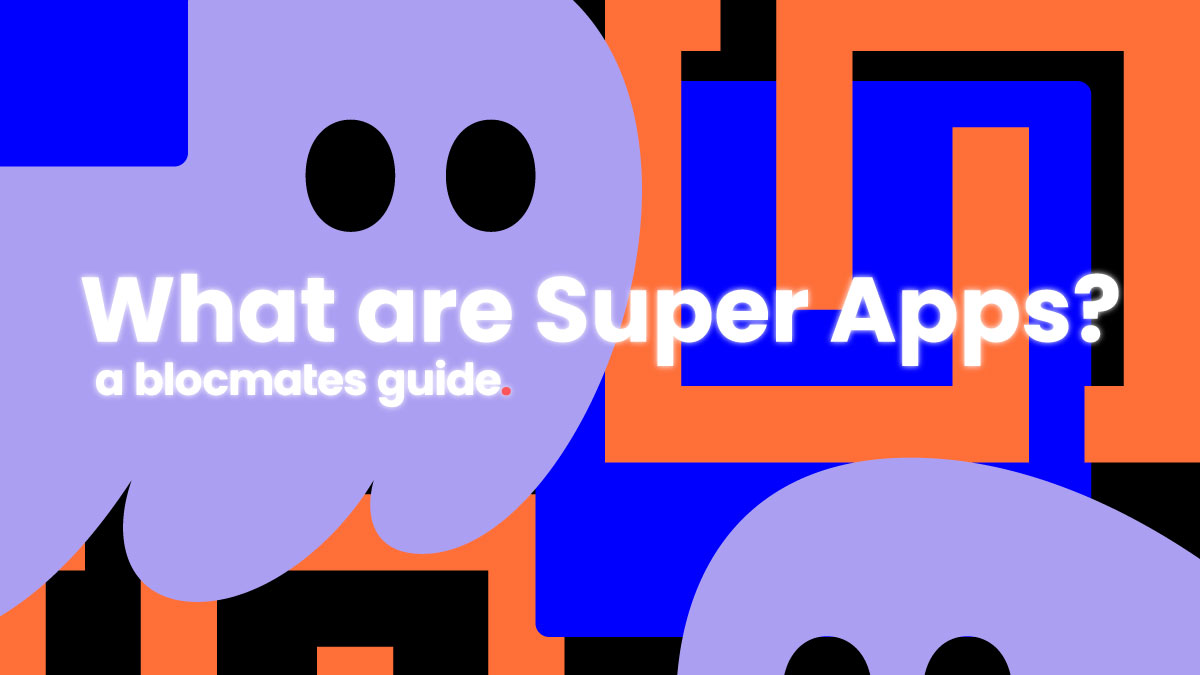
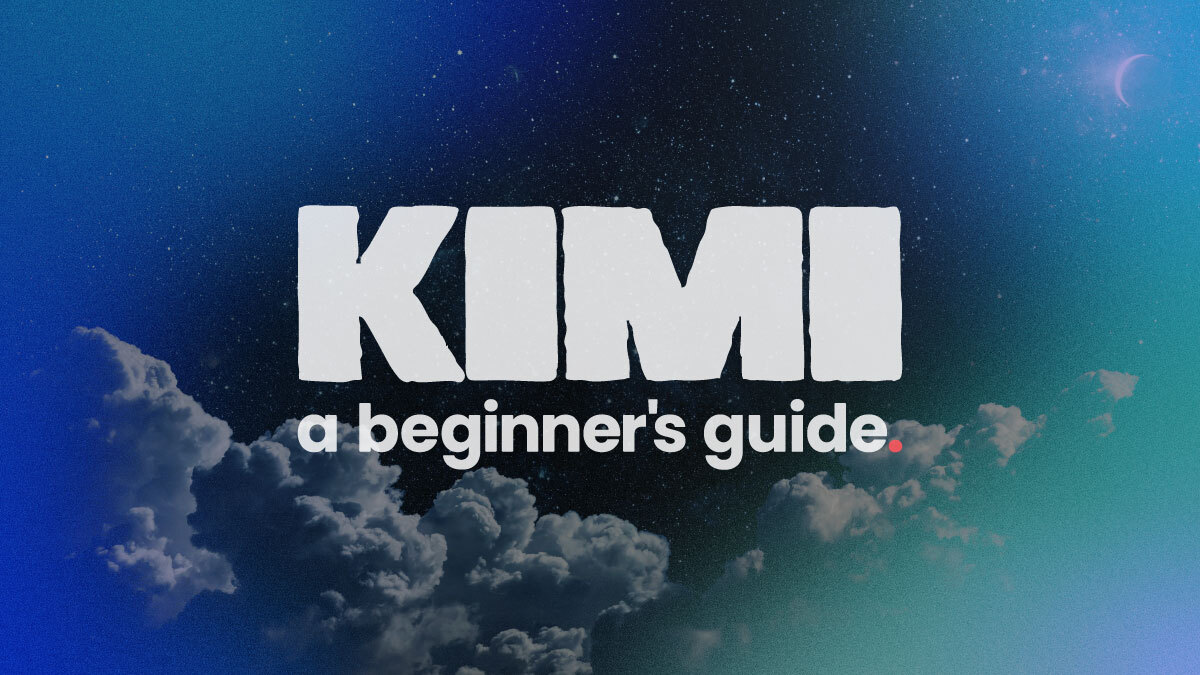
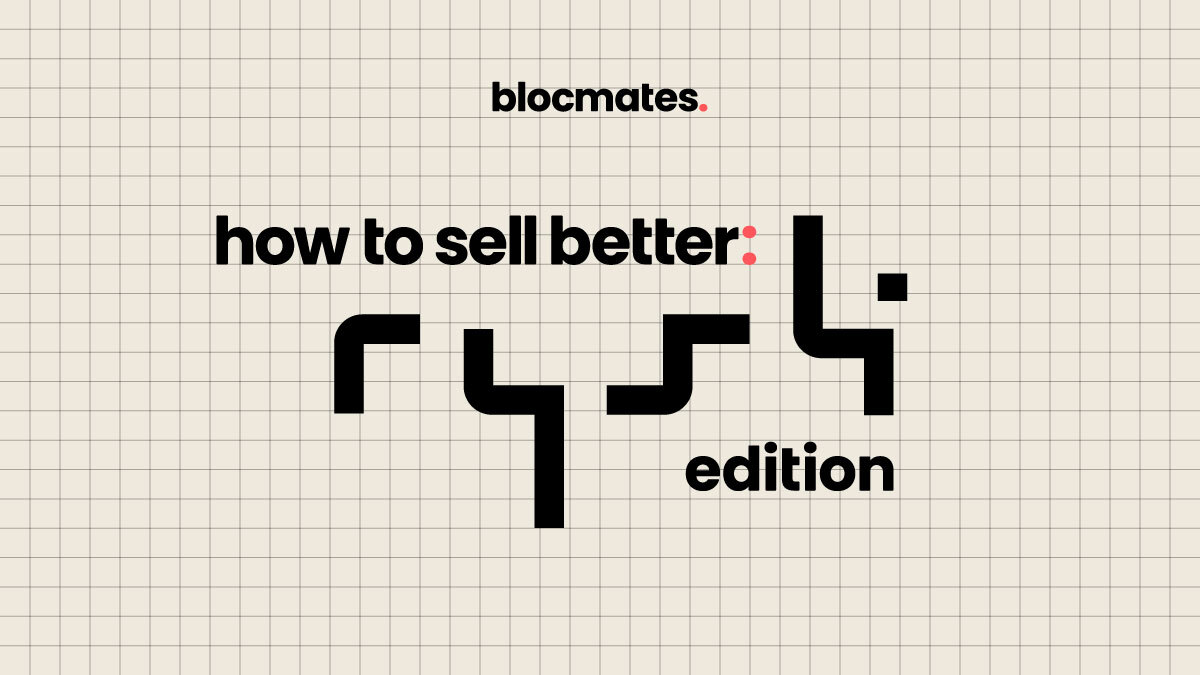
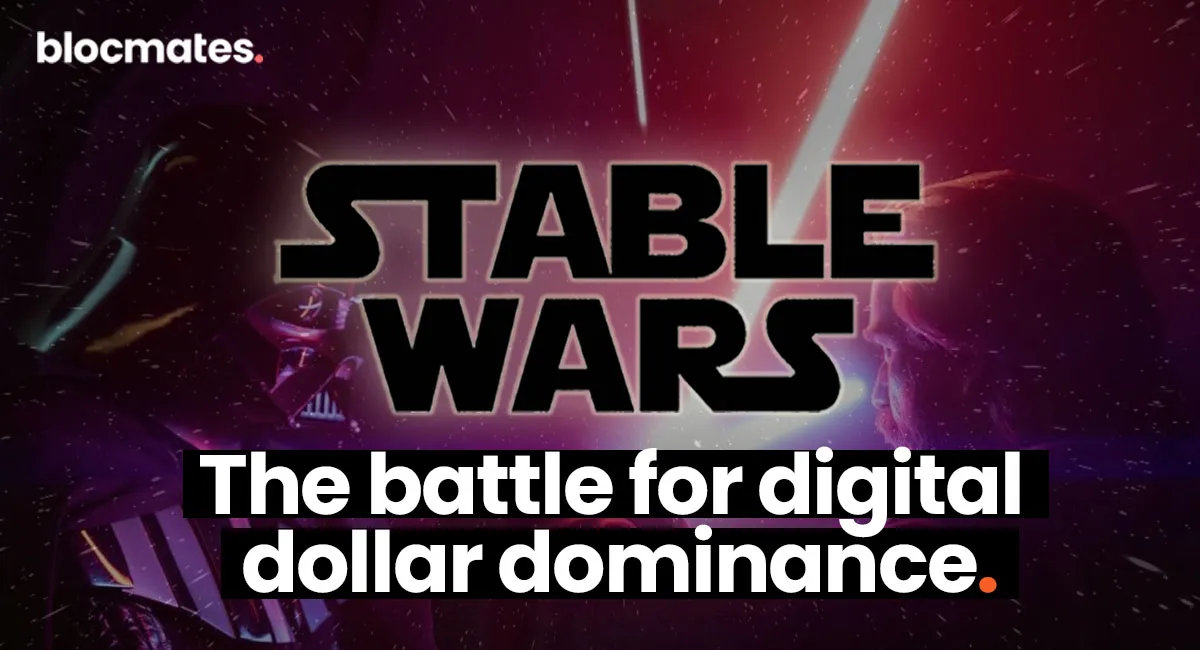






















%202.webp)


.webp)

.webp)
.webp)
.webp)


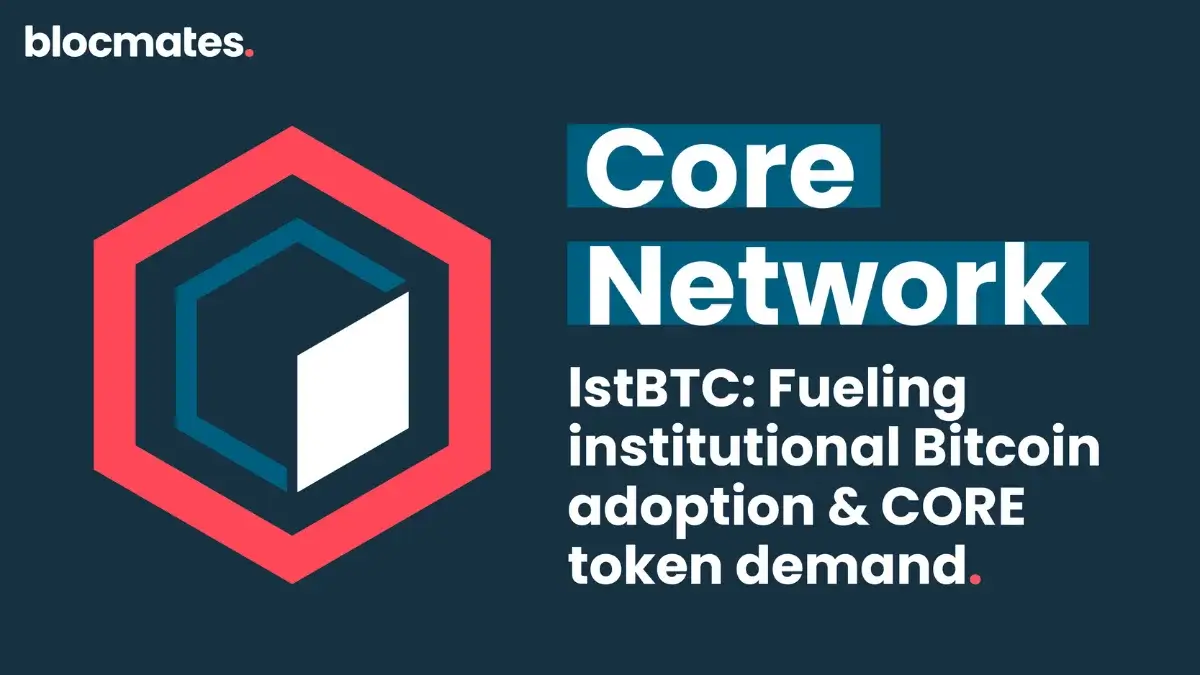
.webp)












%20the%20Next%20Big%20Unlock%20in%20AI.webp)



.webp)
.webp)
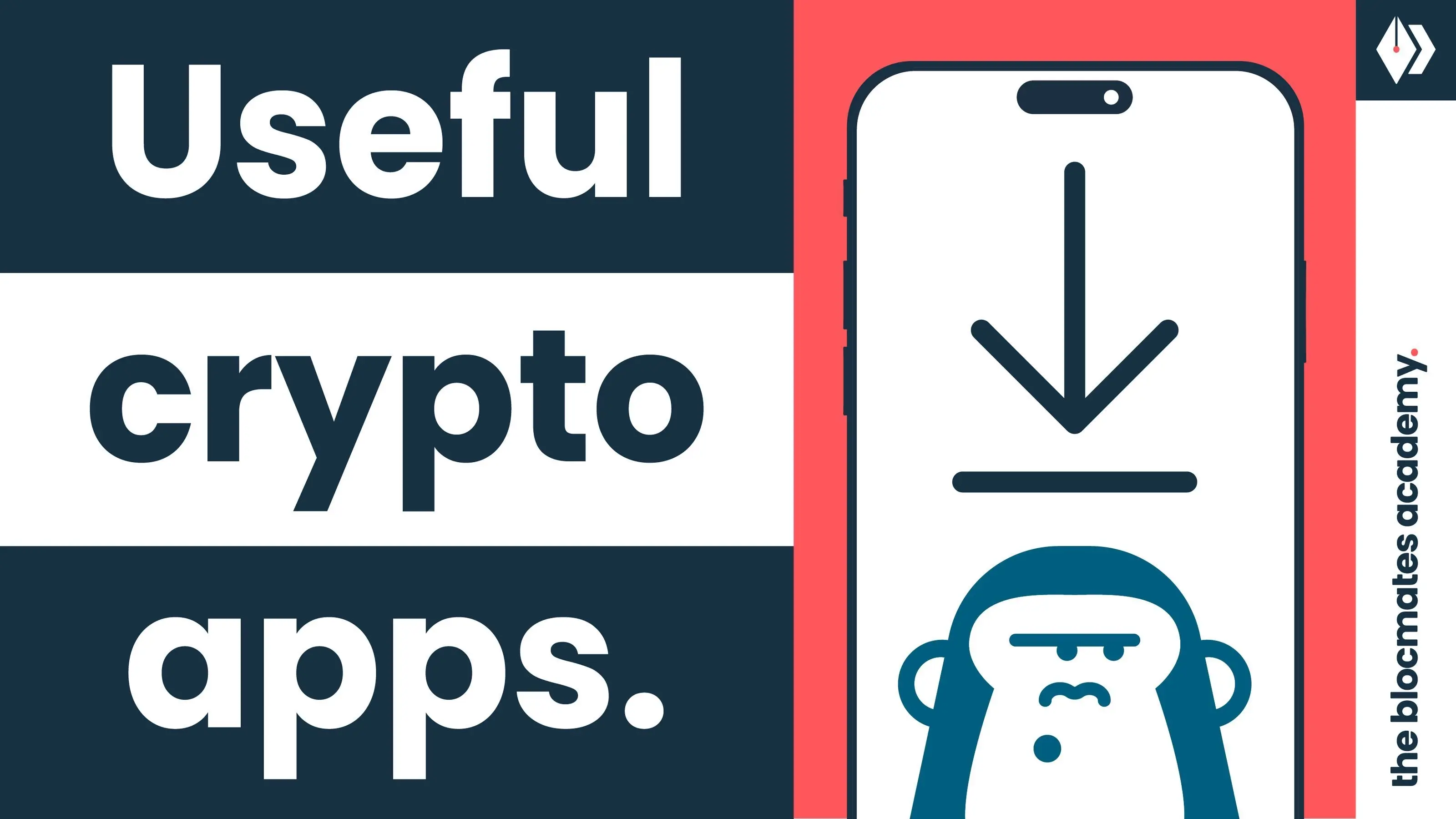
.webp)
.webp)
.webp)


.webp)
.webp)










.webp)


.webp)






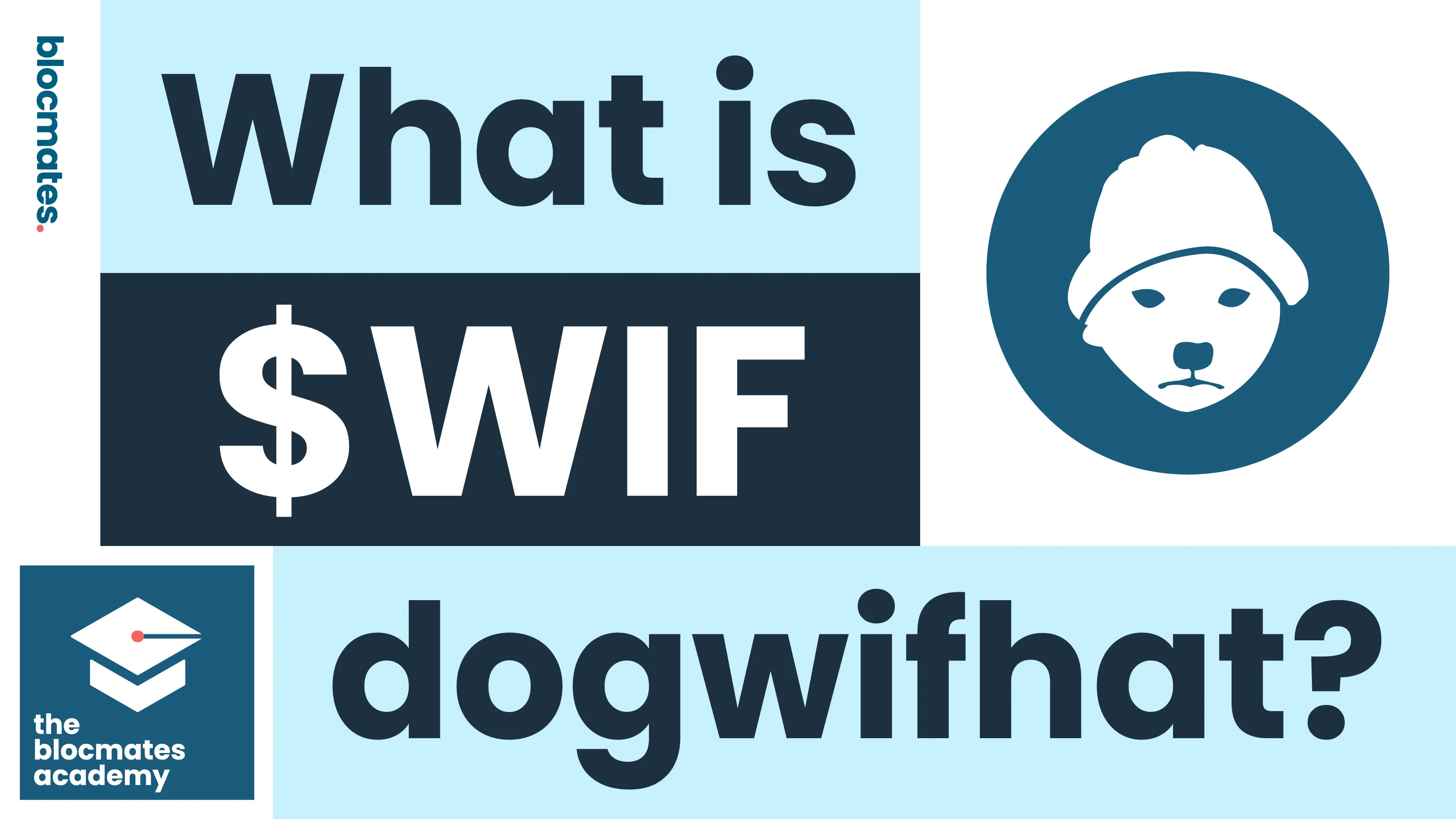


.webp)







.webp)
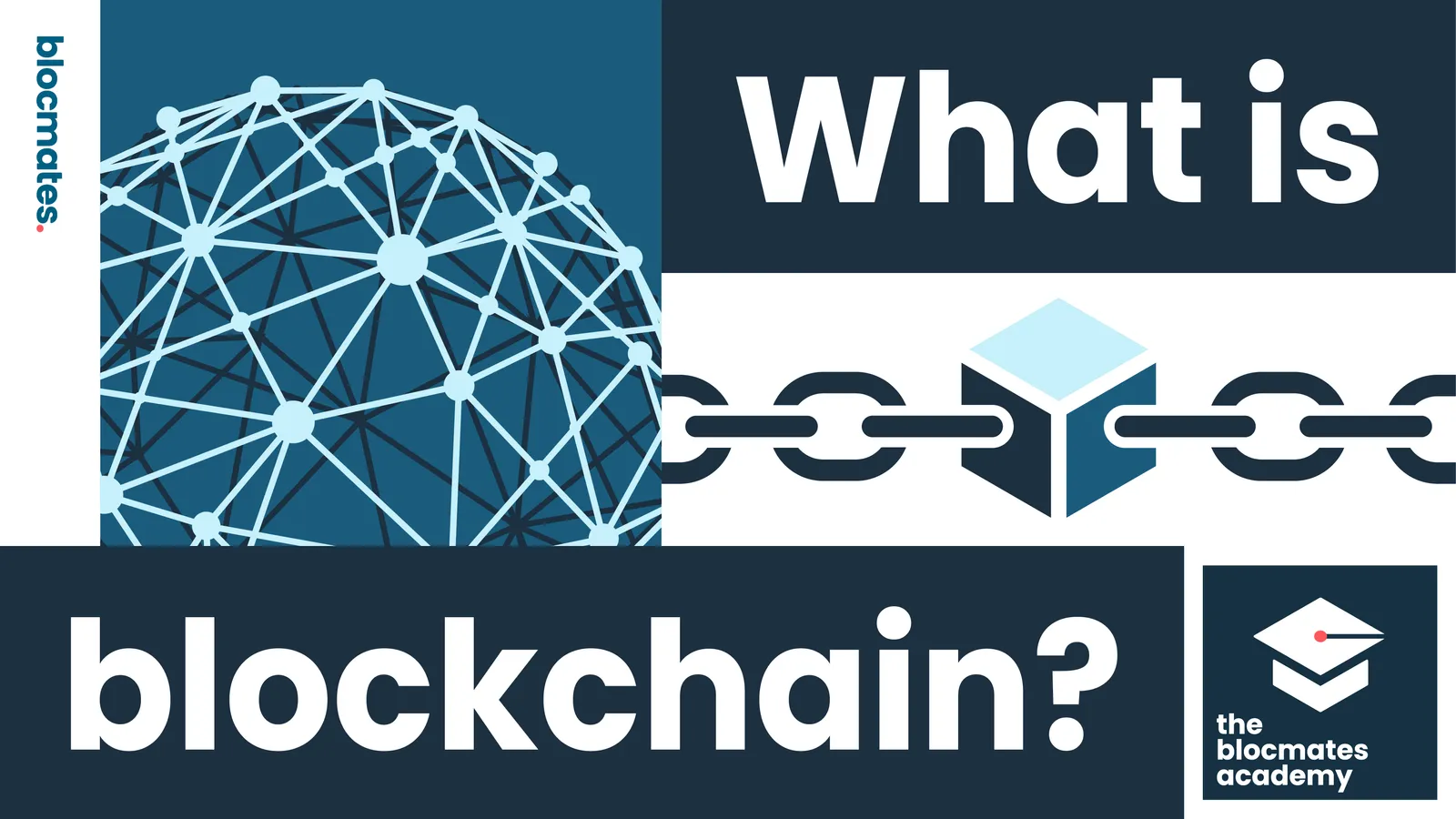



.webp)






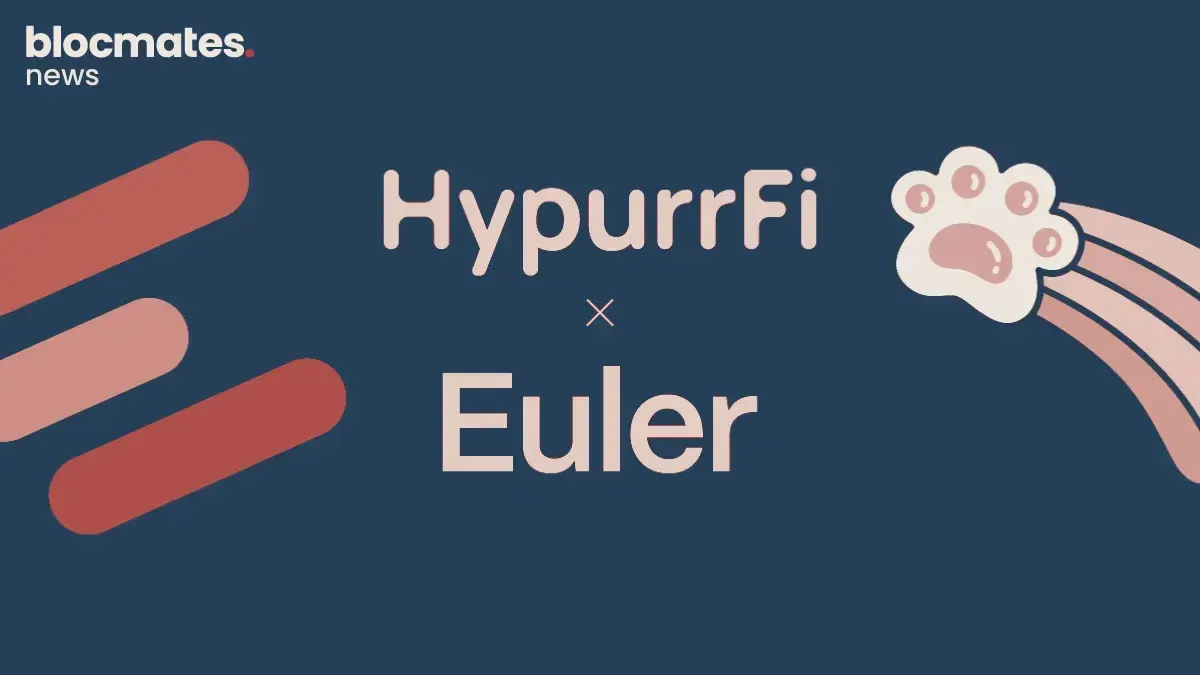


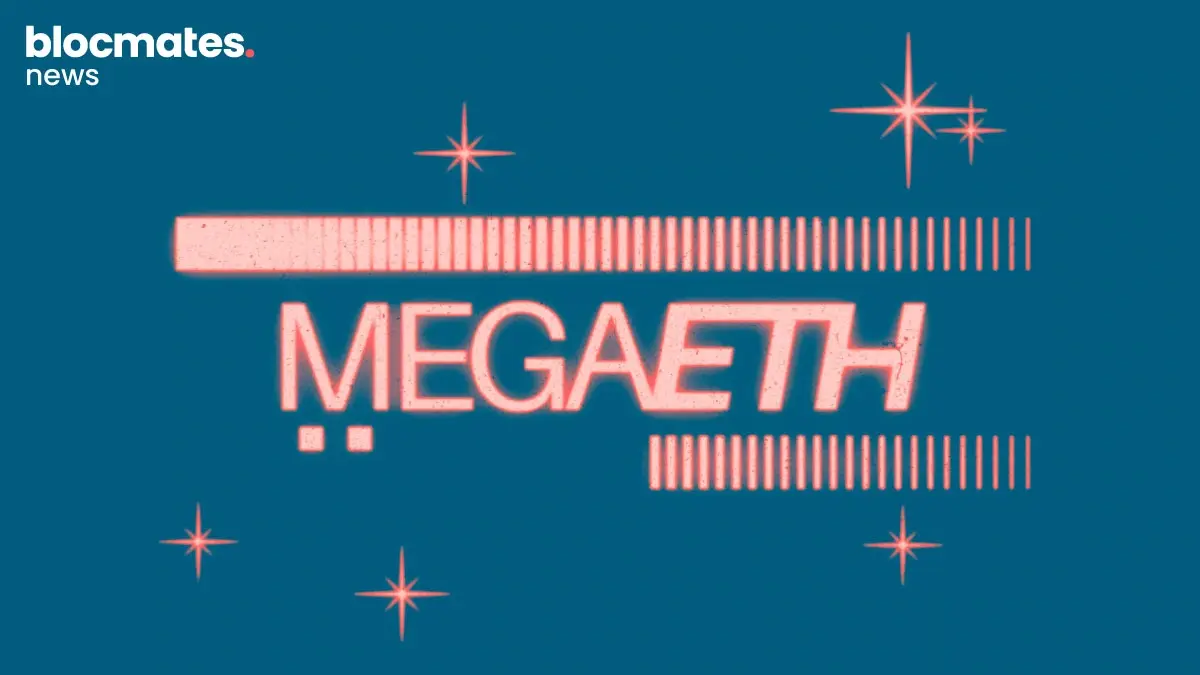








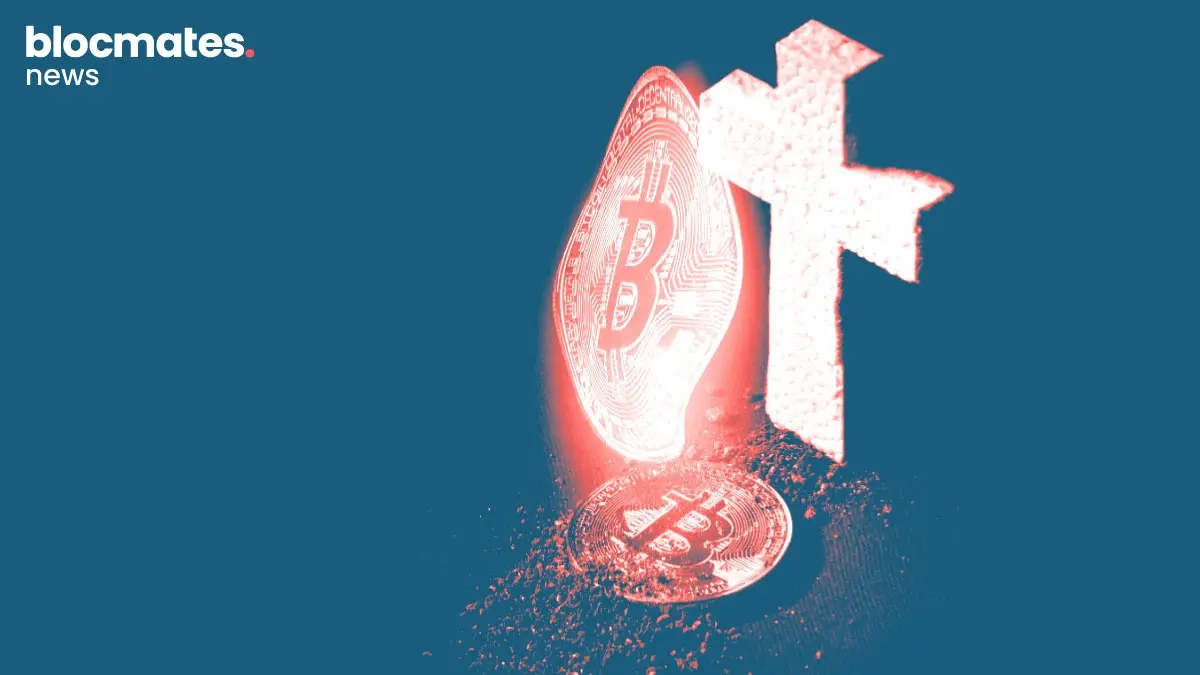

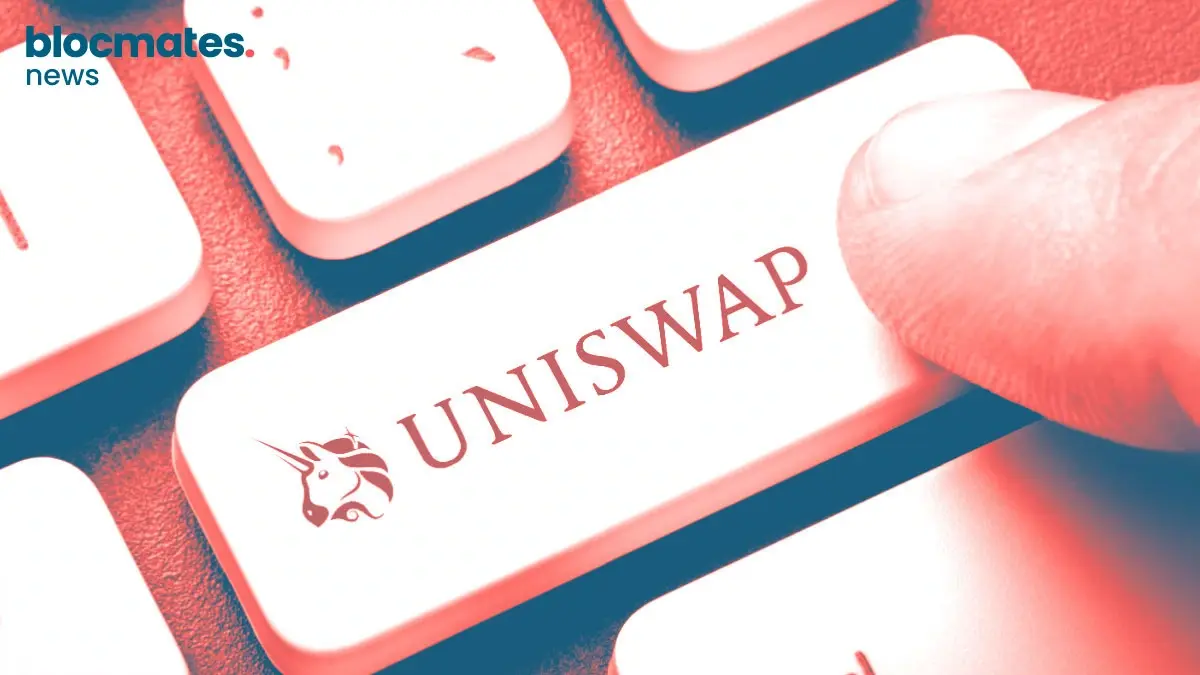

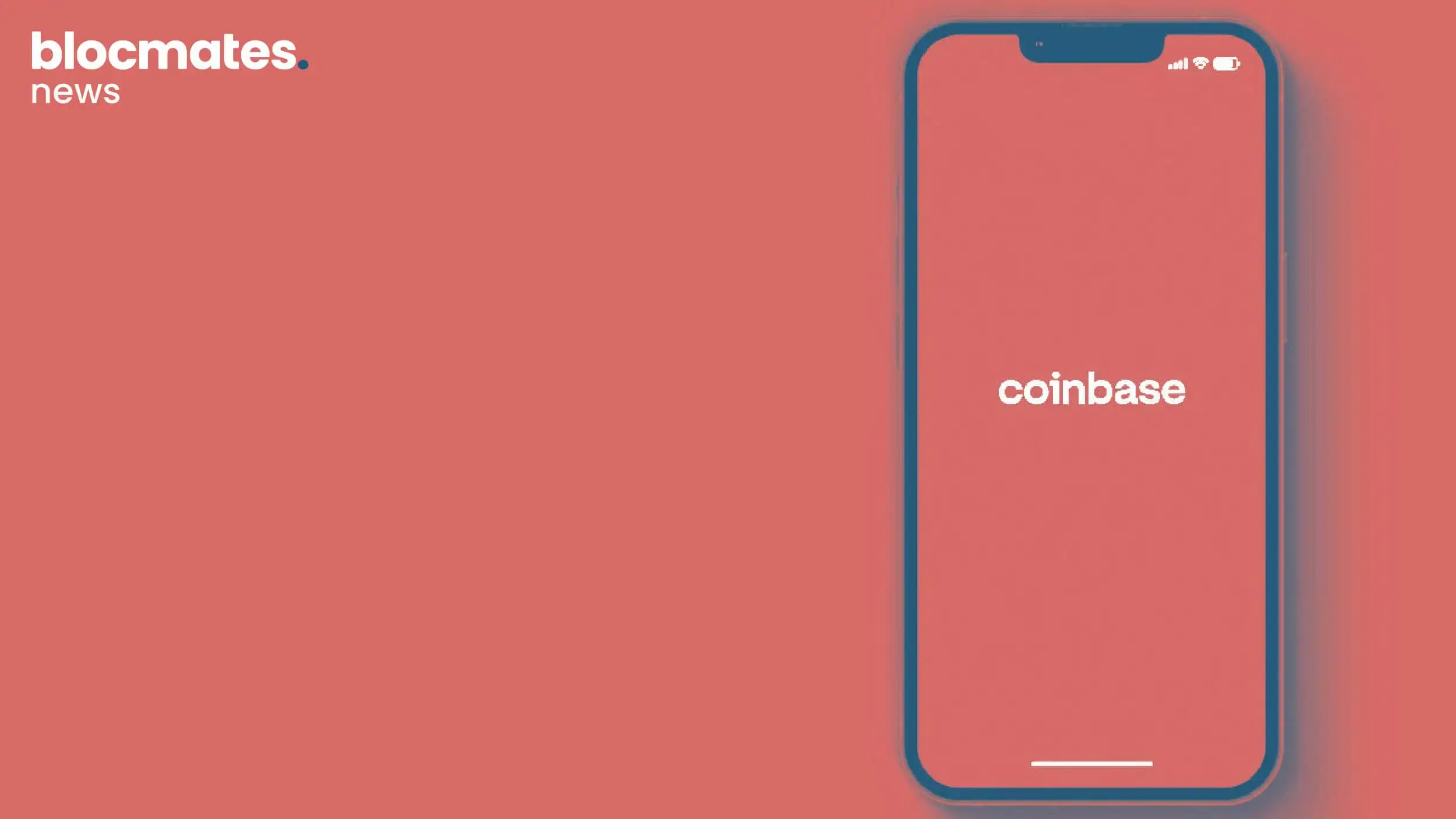

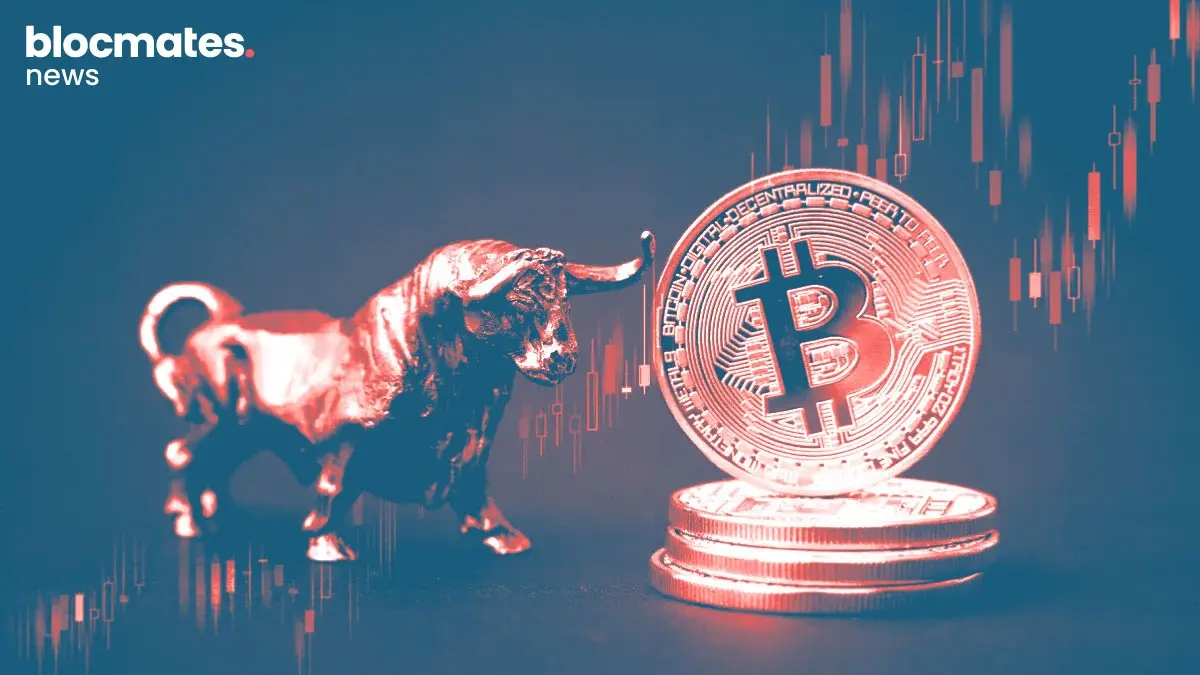

.webp)
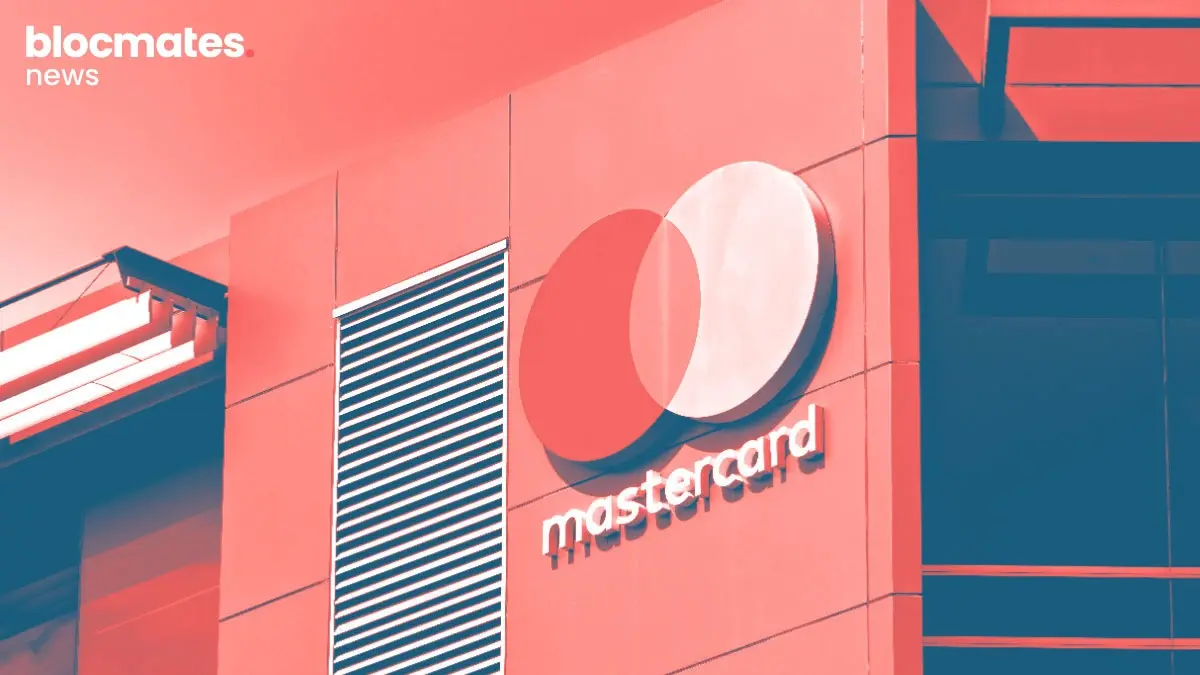




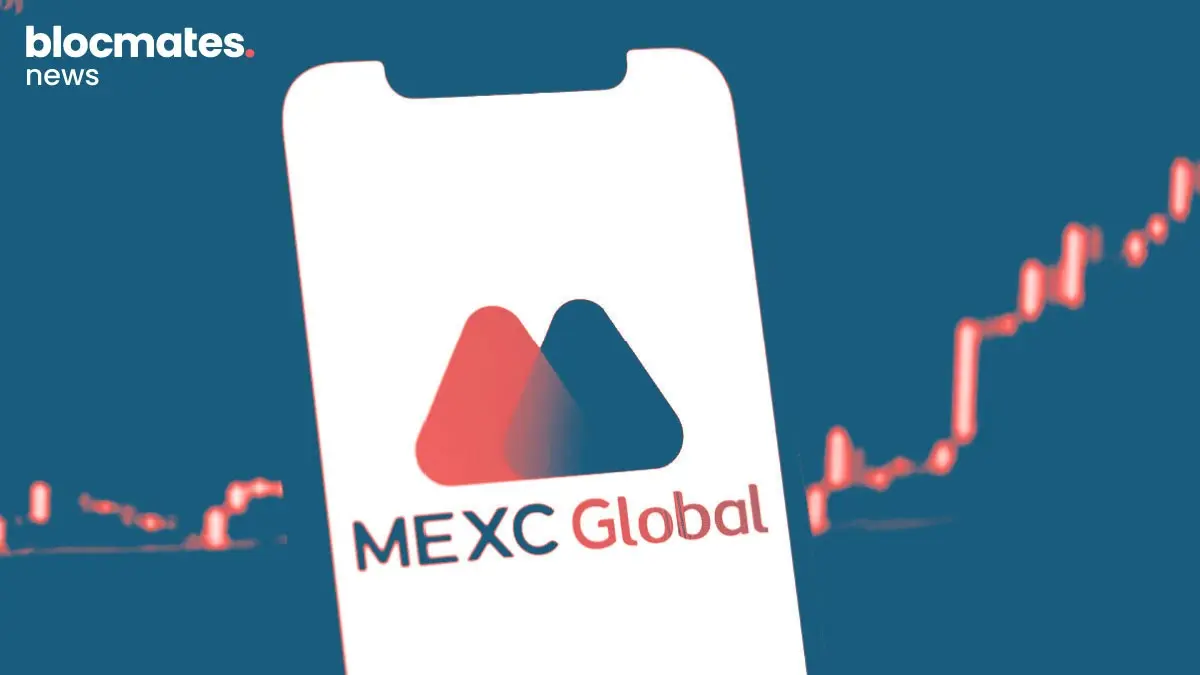

.webp)



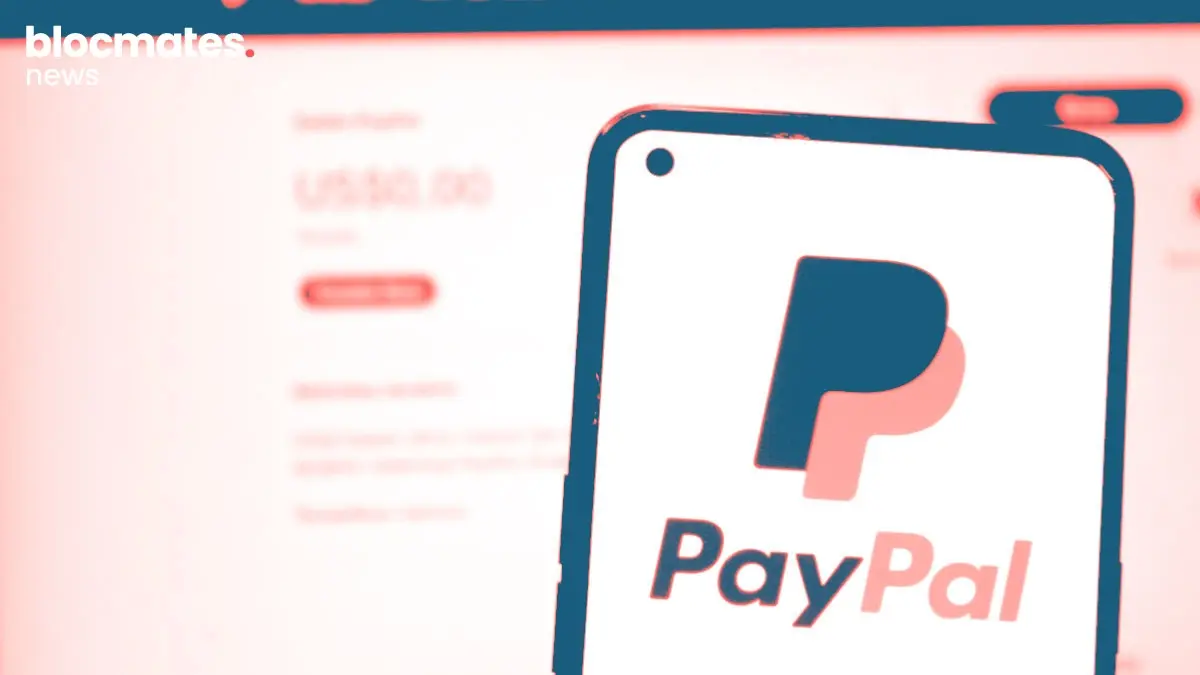

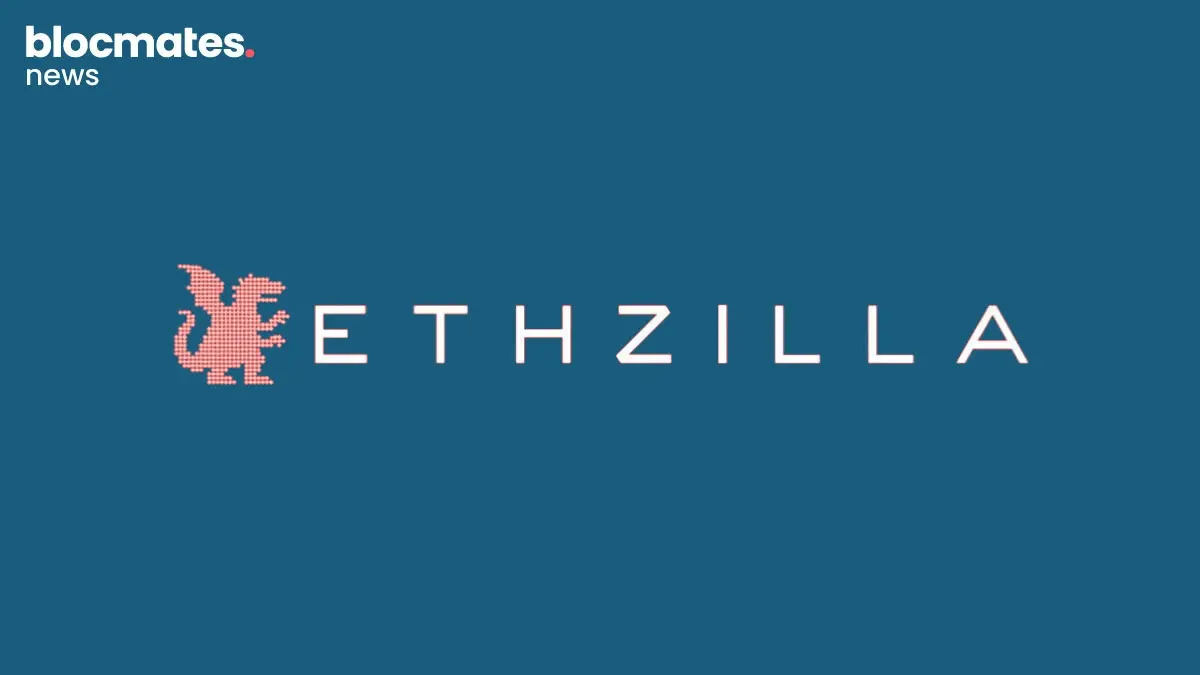
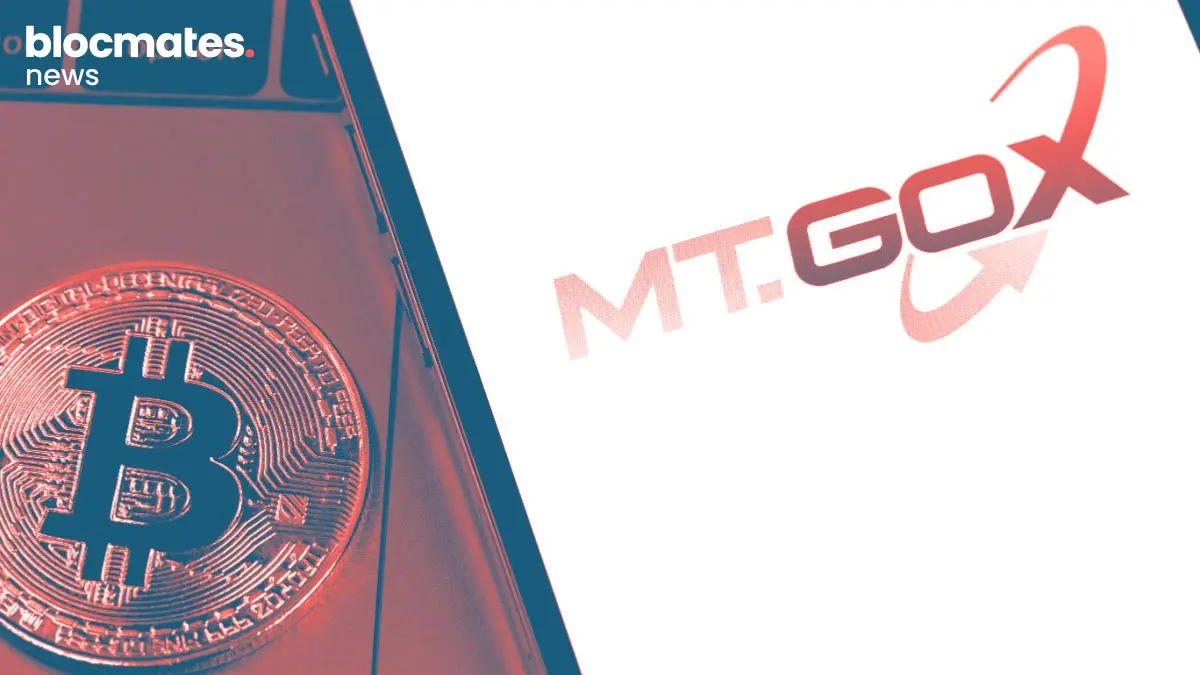

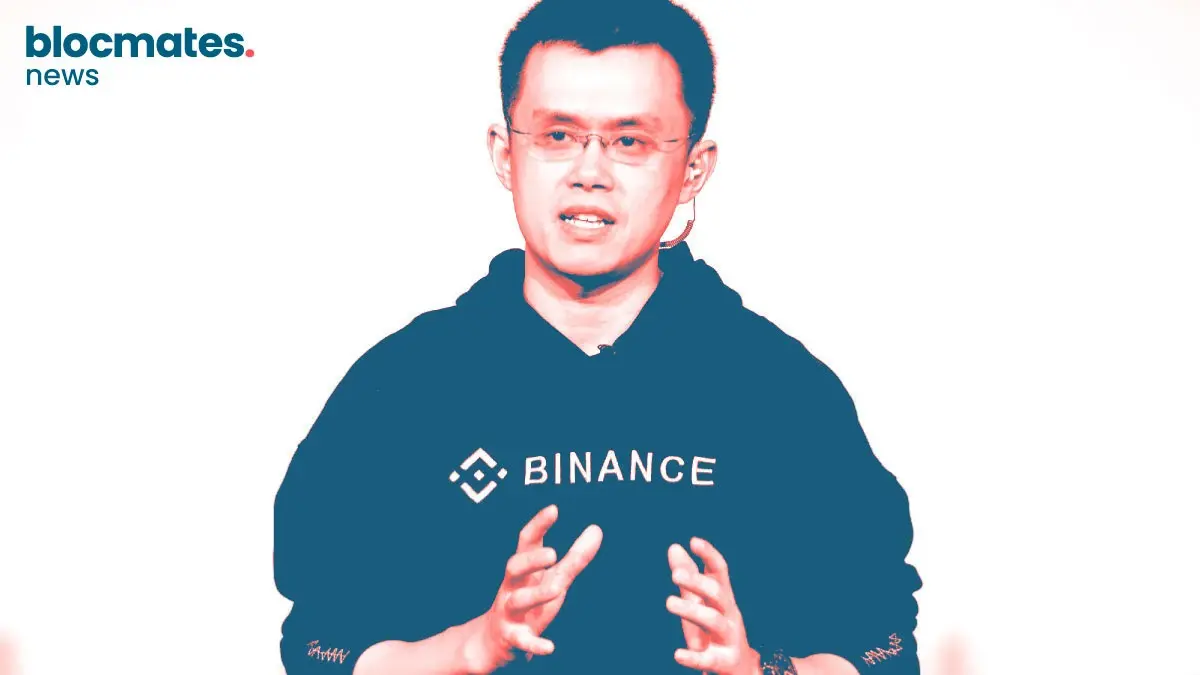


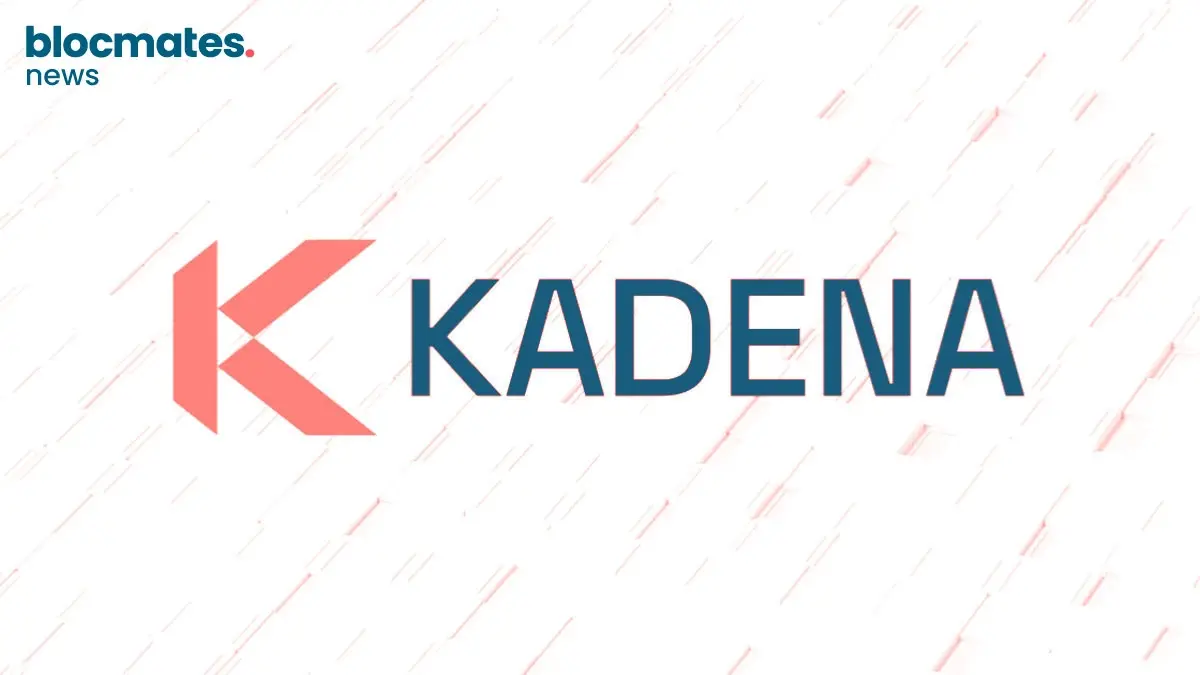

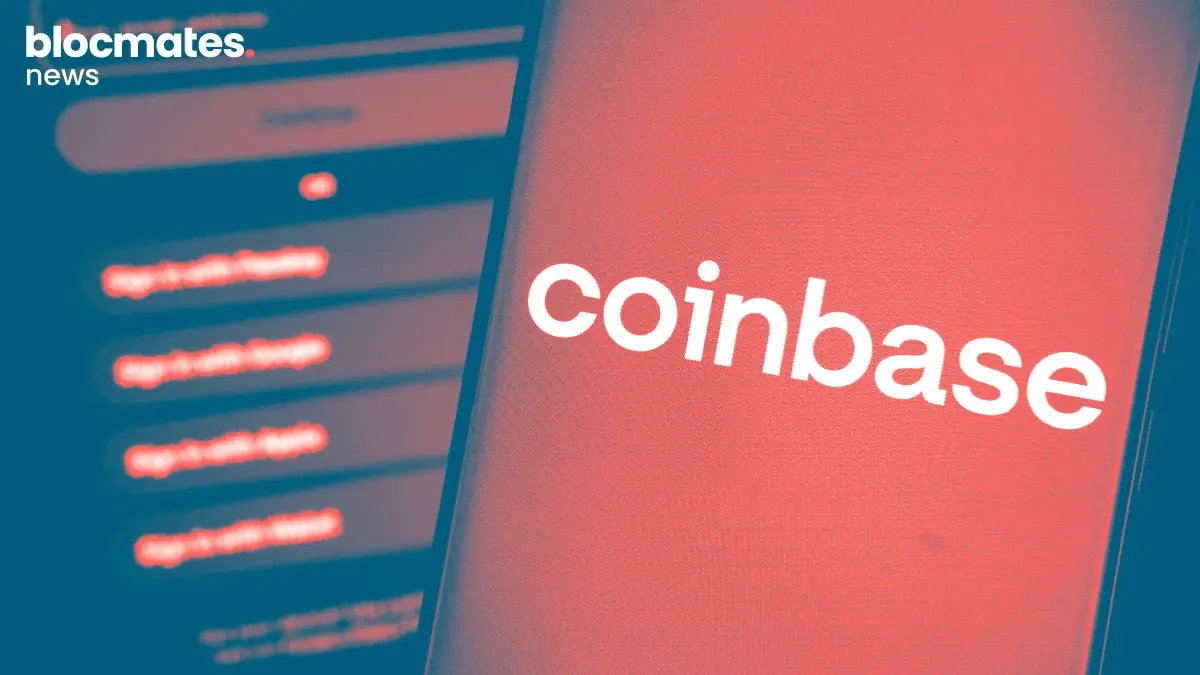
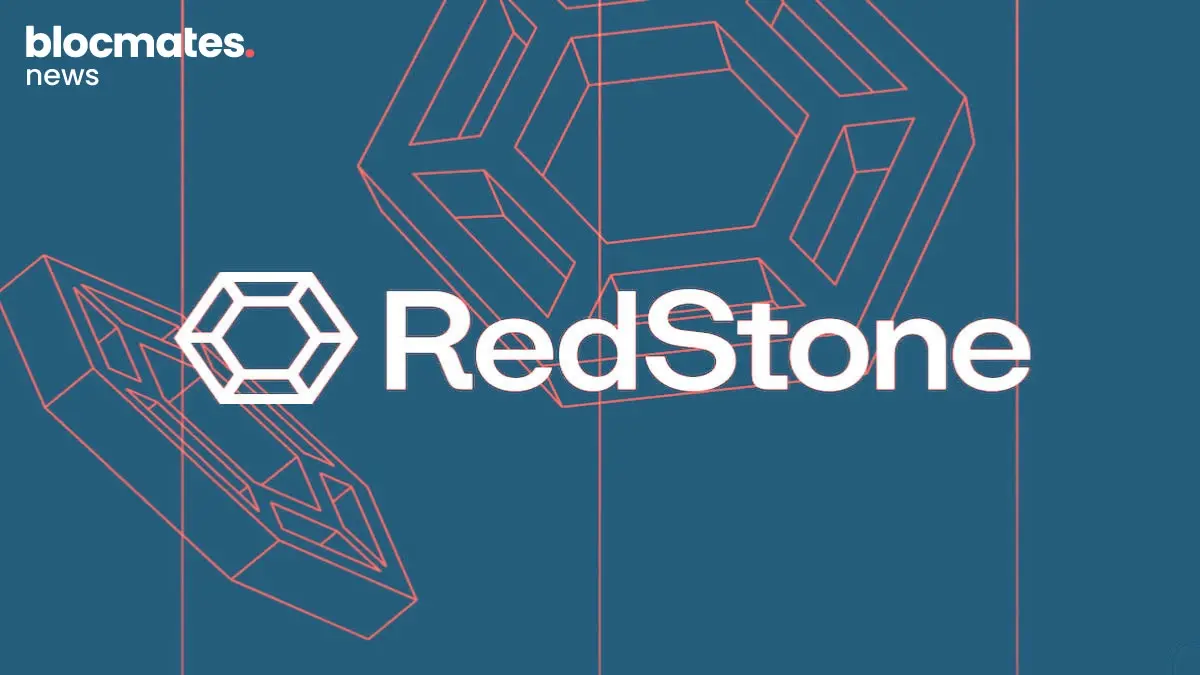
.webp)

.webp)
.webp)

.webp)


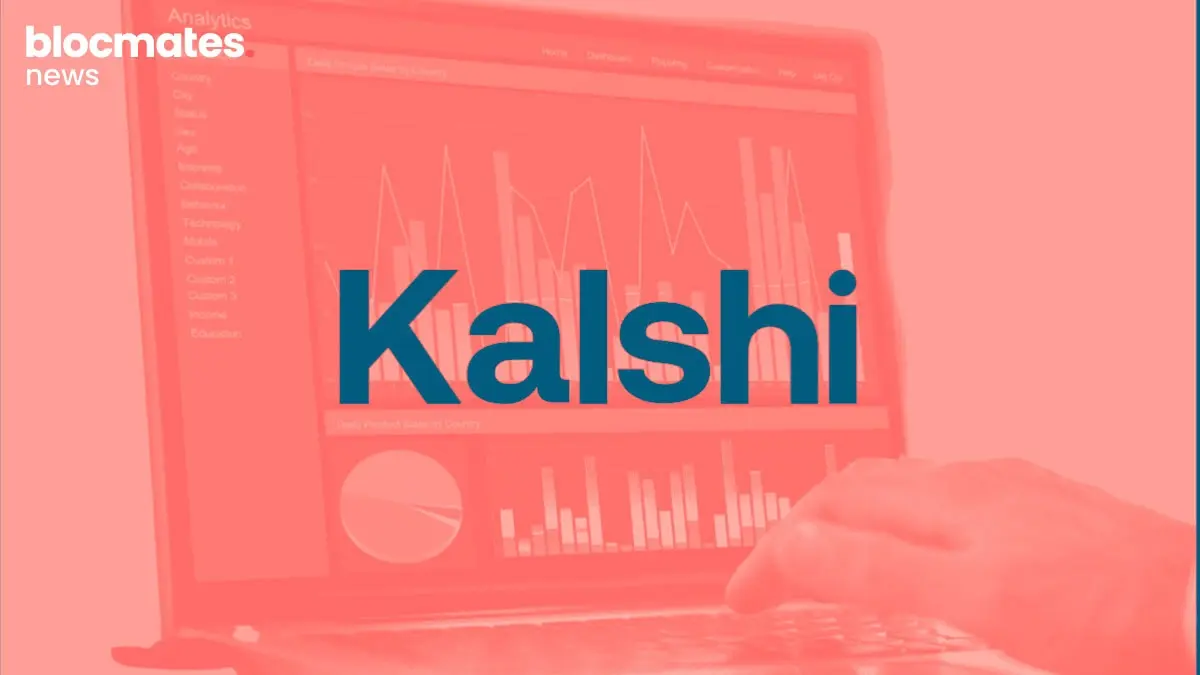



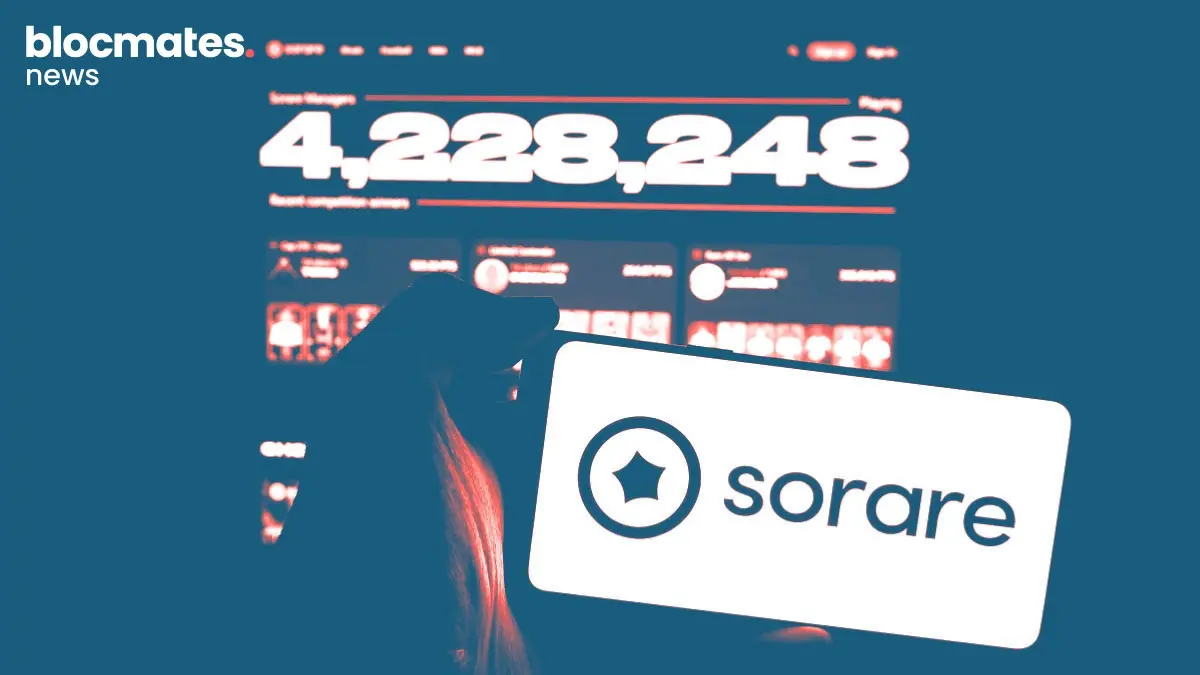




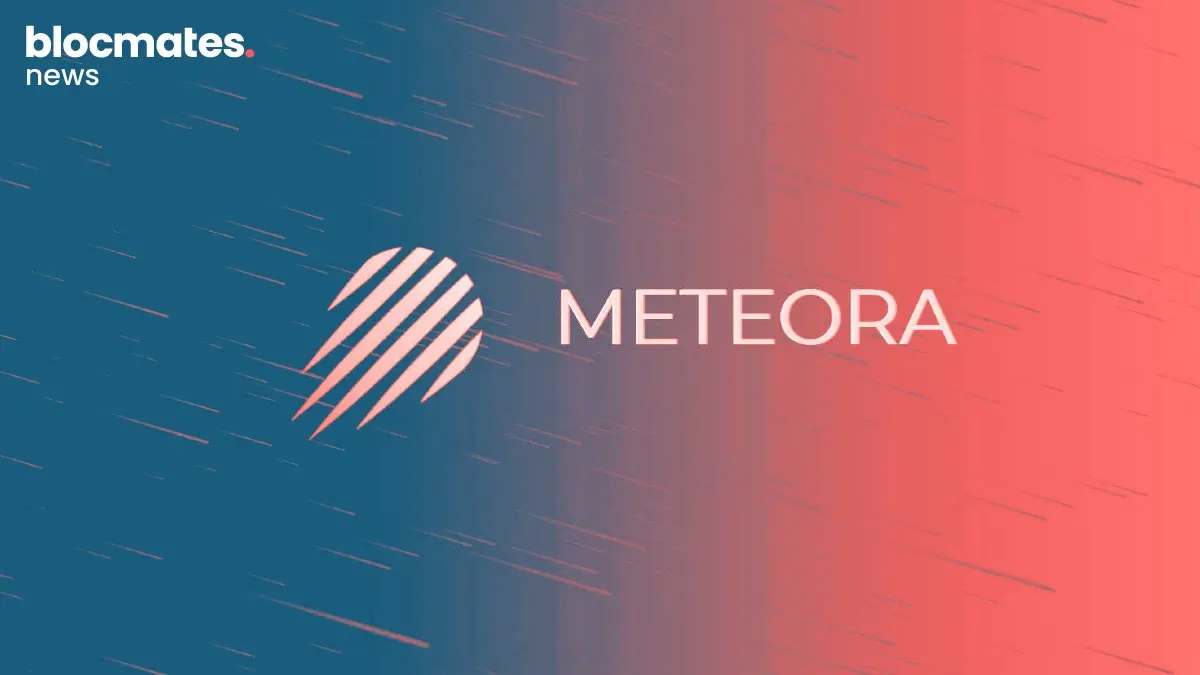
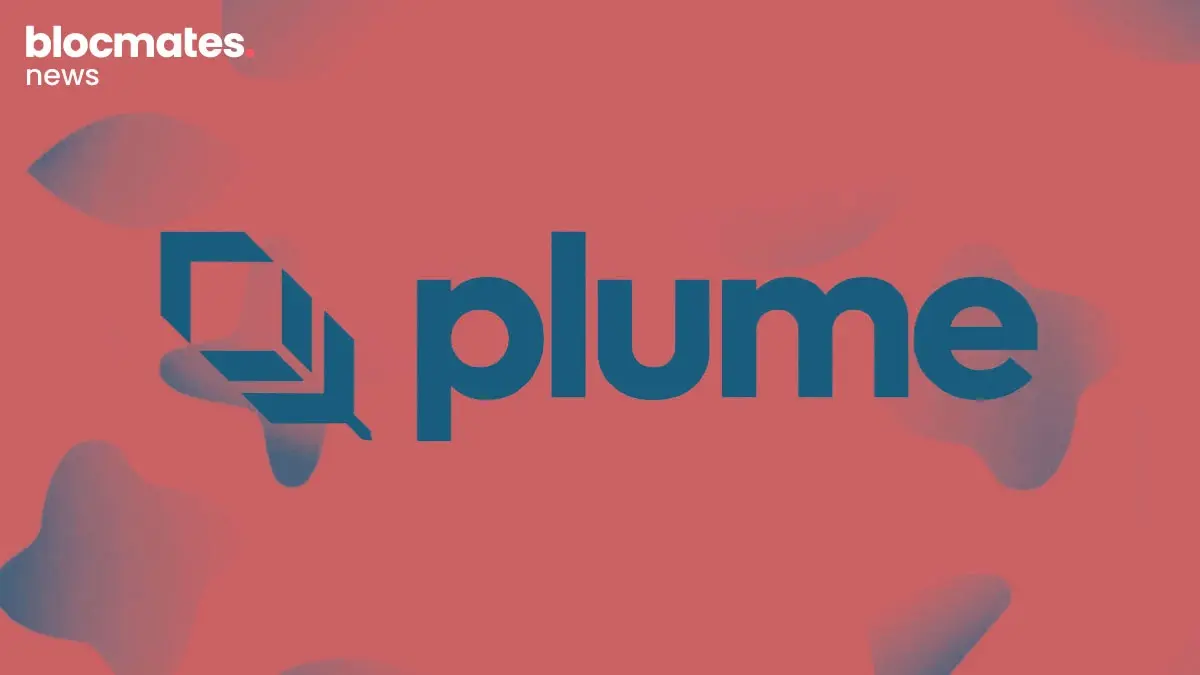

.webp)

.webp)

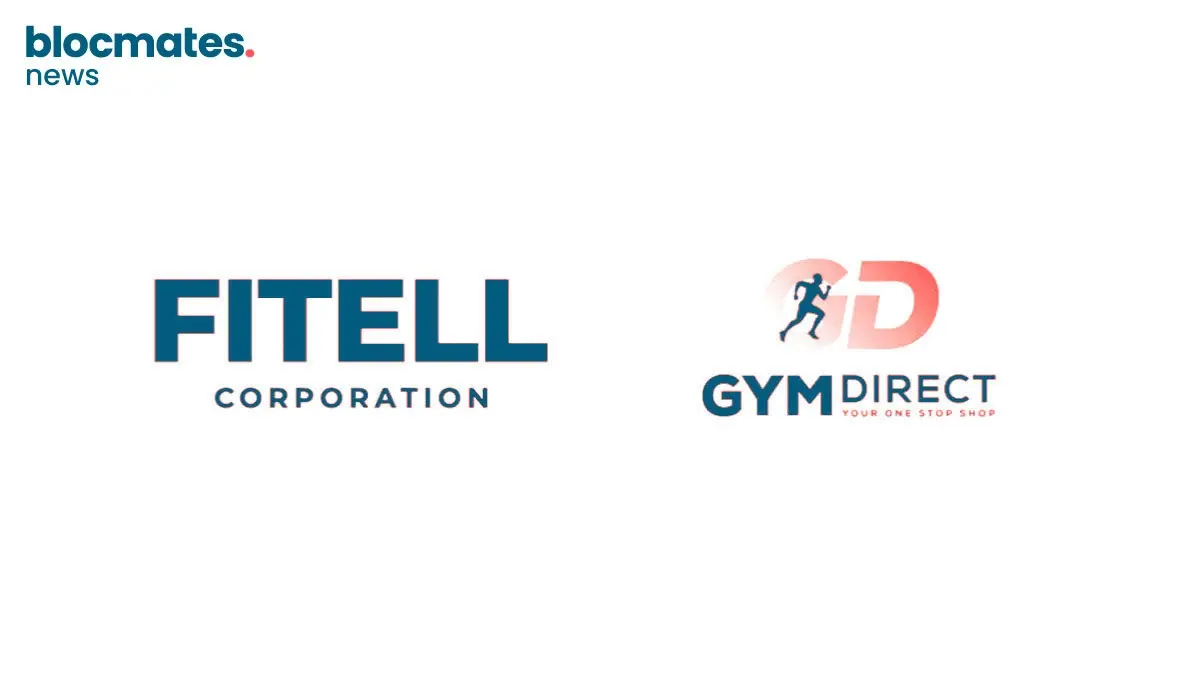
.webp)



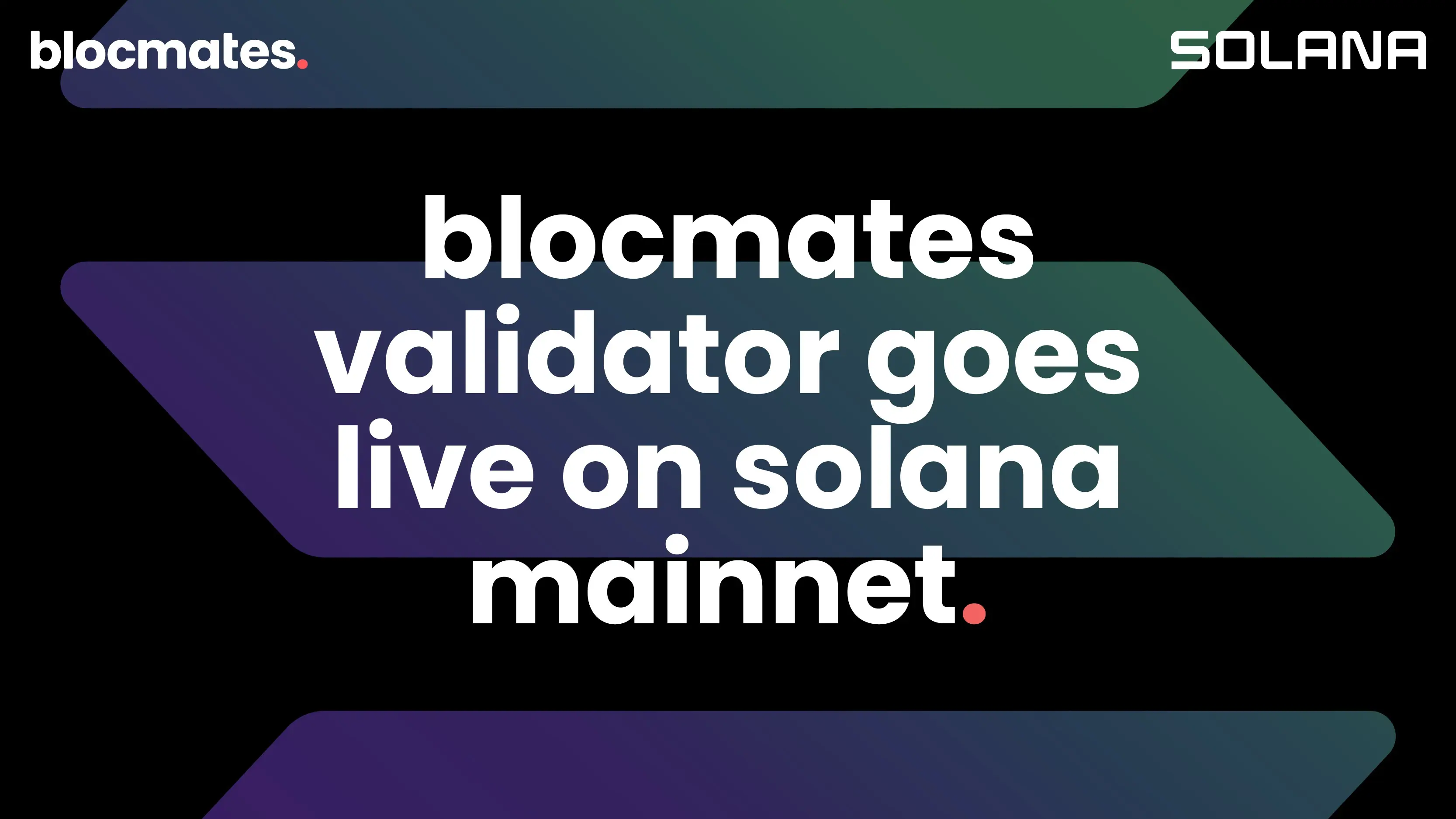

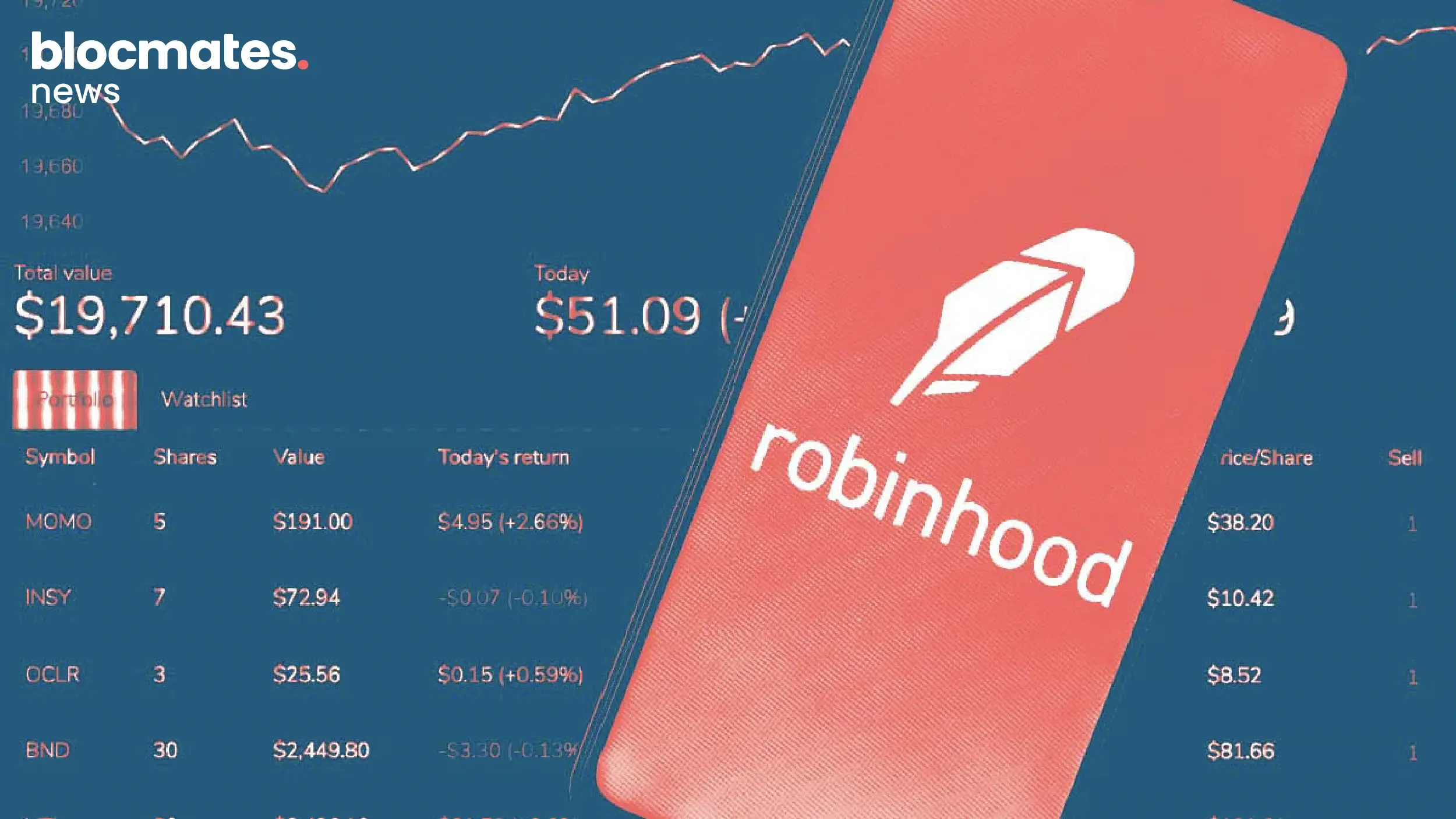


.webp)
